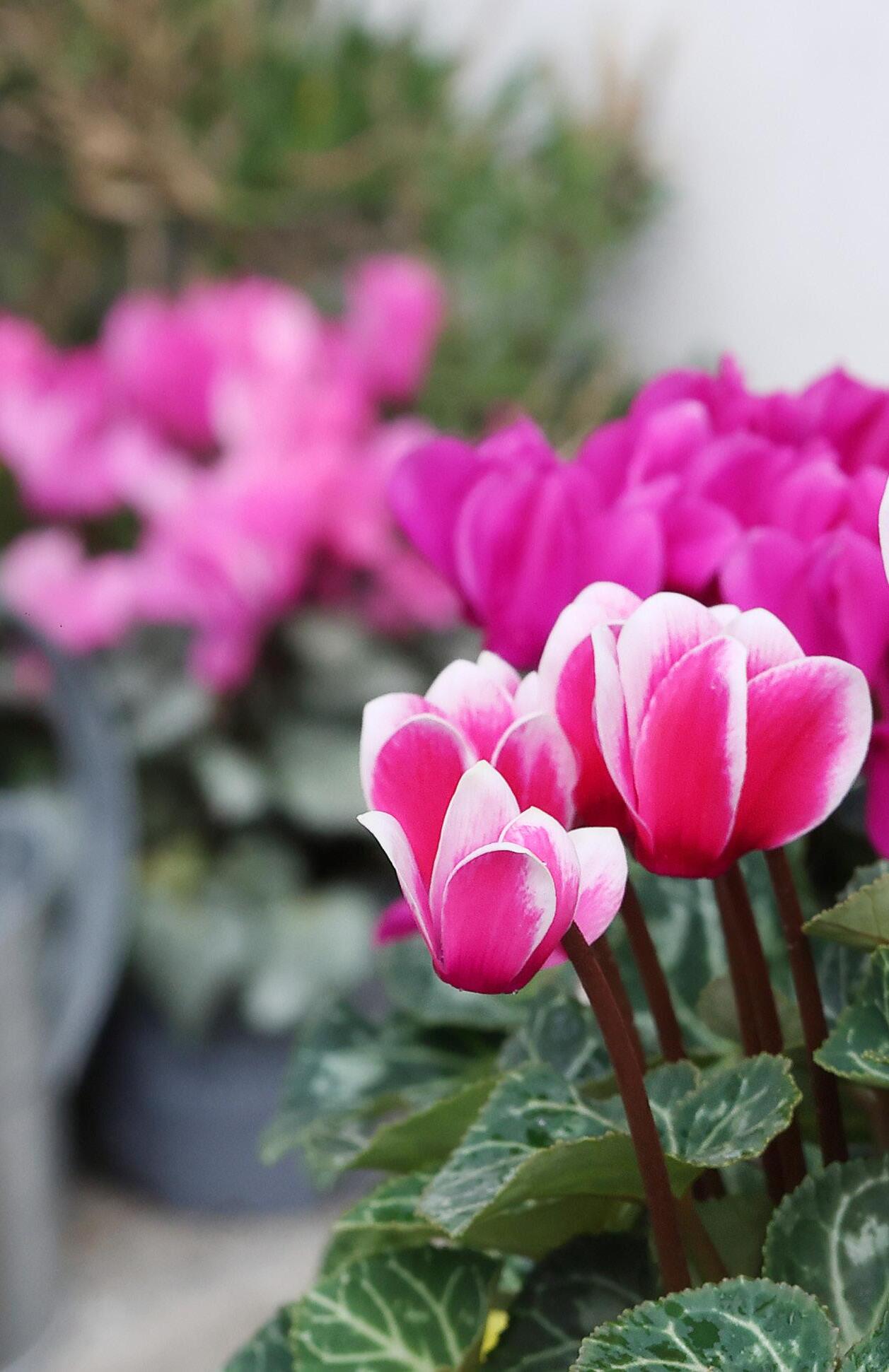




With the warm summer months now behind us, autumn is here once again. With moist soil and days that are sunny but a little cooler, autumn is truly nature’s planting time. From planting and cleanup, to enjoying the last of the warm weather, this season is a great time to get stuck into the garden.
Autumn’s mild temperatures provide ideal conditions for roots to establish and grow before the wet and cold of winter sets in. Brighten up the winter months by planting a vibrant and colourful garden now. There’s so much stunning autumn colour to choose from, and a little effort now will go a long way in keeping your gardens looking lush for the year ahead.
In this issue of Scoop, you'll read all about citrus, spring bulbs, lawns, and more. Alongside our usual staples, we’ll take you through how to bring birds to your garden, planting for autumn colour, plus tips and tricks for hedging. We’ll also share one of our favourite recipes!
Autumn is also a time of celebration at Kings as we celebrate our 33rd birthday. We are so proud of all that we’ve achieved over the last three decades and have exciting plans for the next 30 years. We are grateful for our passionate team that have been a part of our journey, and who love nothing more than helping Aucklanders to grow well. Most of all, we want to
thank our wonderful customers for your support over the years!
We're also excited to announce our Autumn Festival, which will be held from late March through to early April. This festival will celebrate all things gardening, and you can enjoy exclusive events, promotions, giveaways and more! Keep an eye on our social media and website for more information.
It’s truly nature’s planting season, so grab your tools and enjoy the last of the warmer weather in your garden. And, when it’s time to take a break and enjoy the rewards of your hard work, sit back, relax and grow well with this issue of Scoop.
- The Kings Team


I love all my plants from Kings. They certainly look pretty on my patio.
I've combined petunias, hydrangeas and impatiens into planters and pots to create a great colourful display.
I’m so grateful to the staff at Kings for the wonderful help and service they provide.
Thank you to the Kings Stonefields team for helping me pot up some of my plants into ready-to-go pots at their potting station in-store.
- Sue
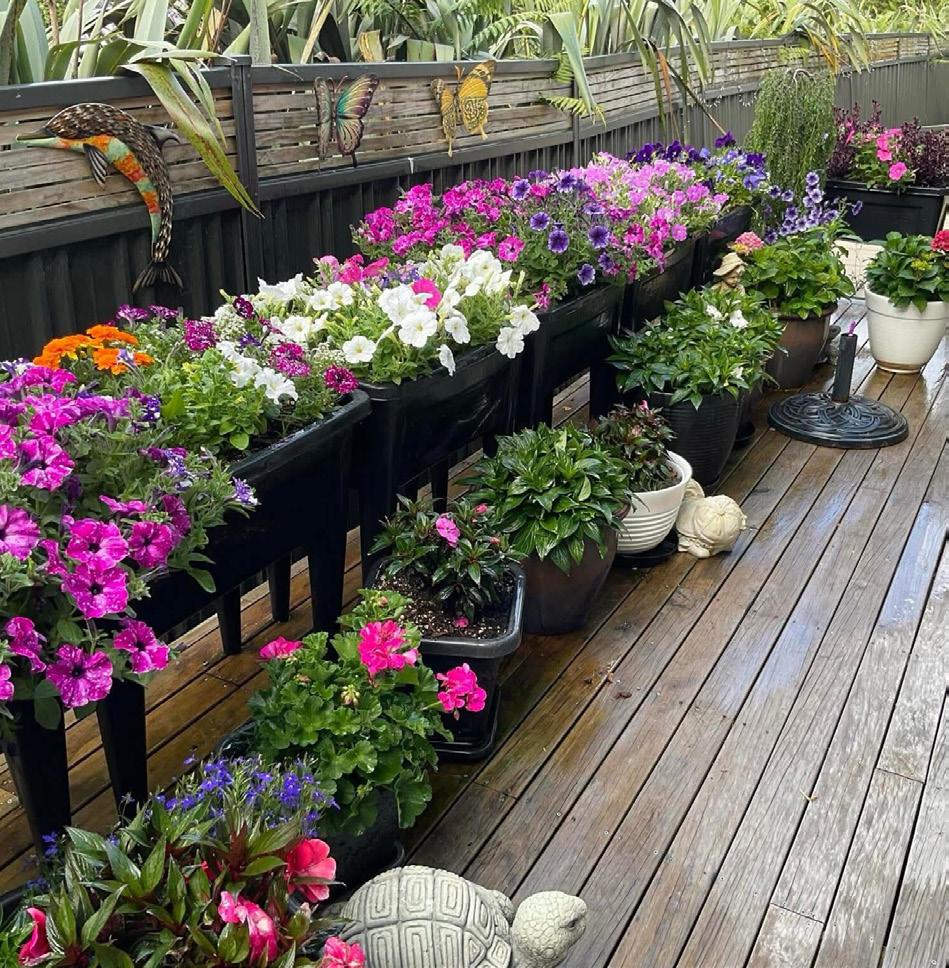
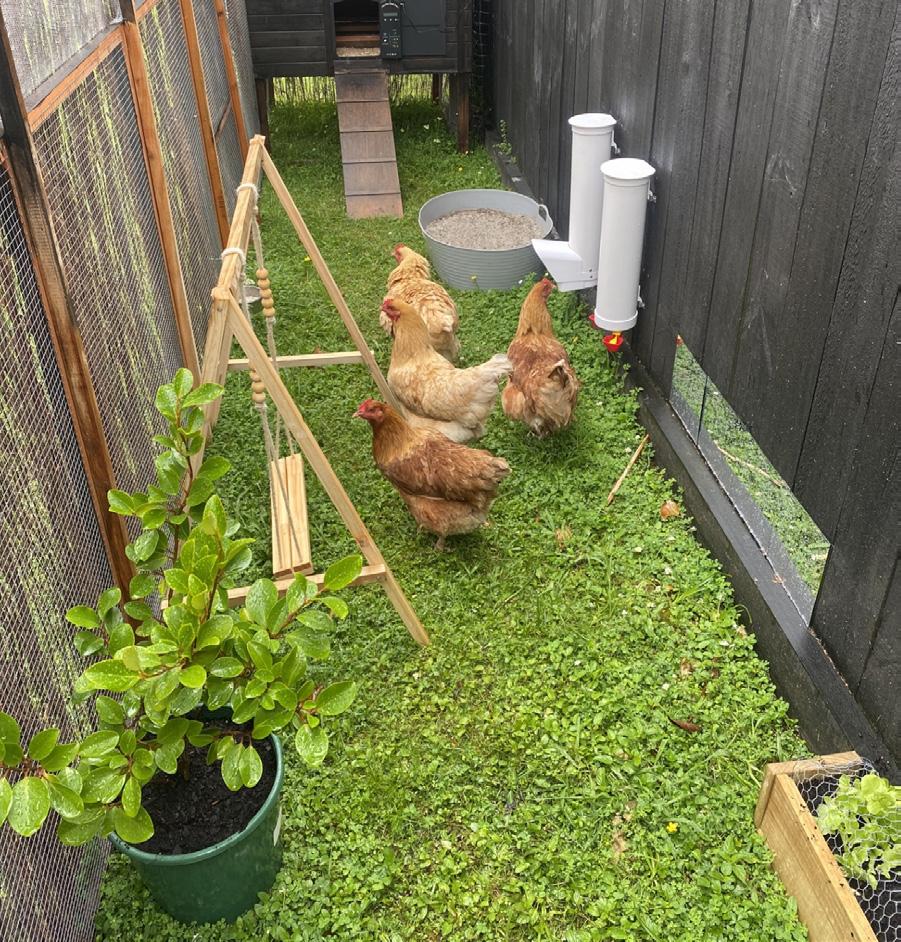
I scored some excellent plants at Kings and have been enjoying the fruits (and veggies) of my labour since then - even planted the chooks their own veggie patch so they stop stealing mine!
Many thanks Kings, and the team at Henderson. You always have the best plants, the best cafe and the best advice for us beginners!
- Jaz

Got a tricky plant question? Ask instore or try our online Plant Doctor at plantdoctor.co.nz
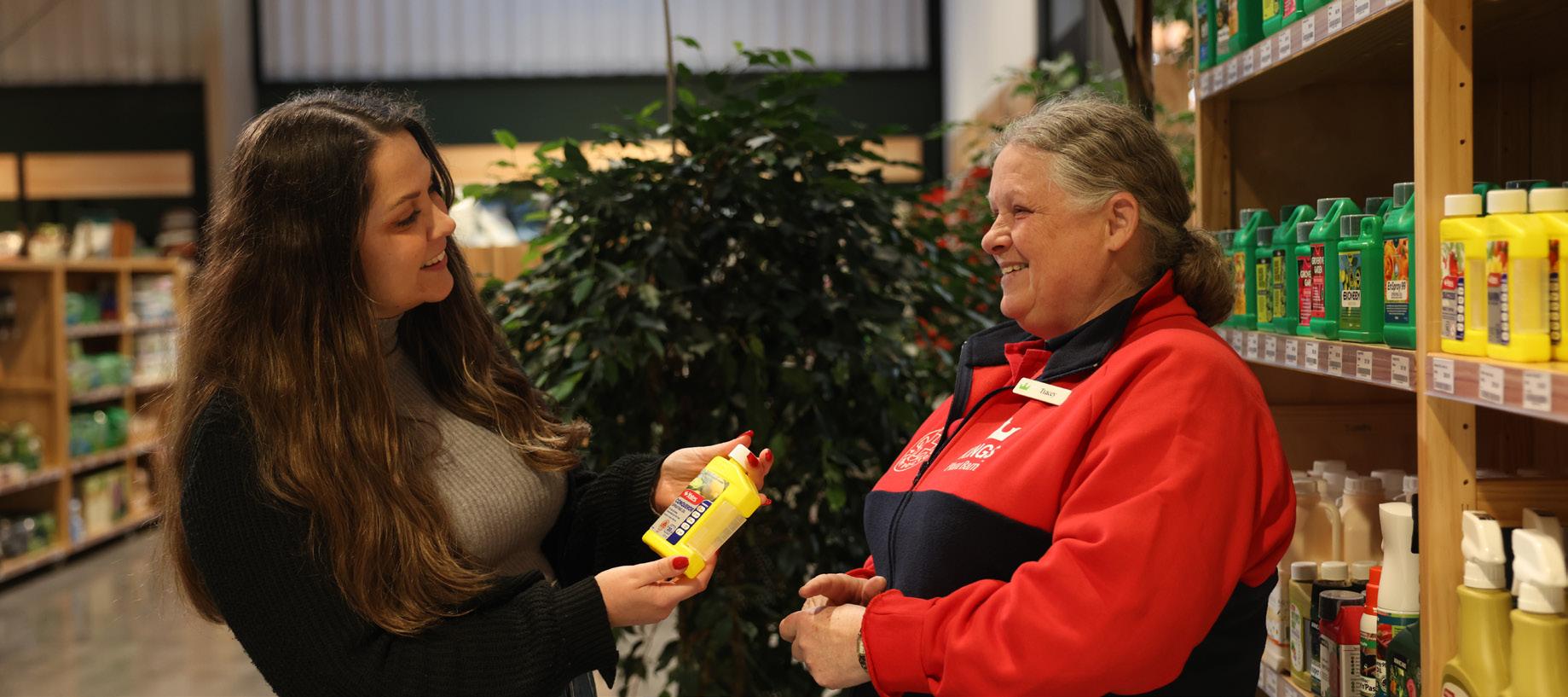
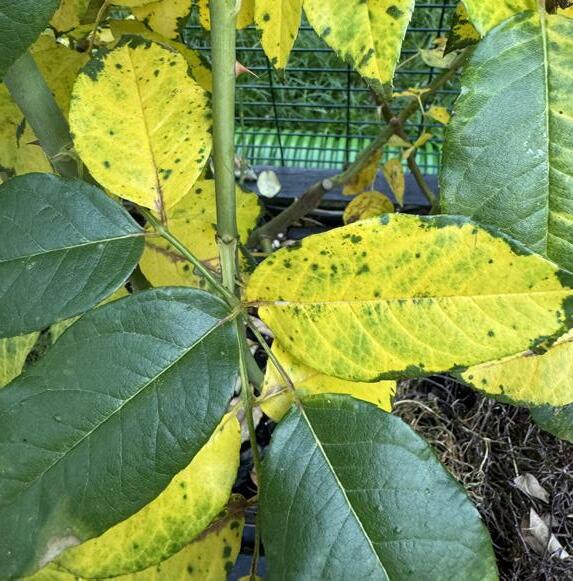
Hi Plant Doctor,
I’ve been noticing yellow leaves on my roses over the last few days. Can you help me to identify the issue? Also I’d like to know what I can do to fix this issue.
- Thanks, Lydia
Hi Lydia,
The yellowing leaves on your rose is from inconsistent watering. Make sure over the summer and autumn you are watering well every second day. At this time of year to keep your rose looking lush and to lengthen your flowering time feed with a liquid fertiliser like Garden Booster.
Hello Plant Doc!
My raspberry plants are covered in brown moths. What are they and how do I get rid of them?
- Cheers, Anna
Hi Anna,
Your raspberry has passion vine hopper. These moth-like insects also have a nymph with a fluffy white bum that you may also see. These insects are sap suckers and target stressed plants at this time of year. Keep your raspberry fed and well watered plus use Aquaticus bugtrol as a natural treatment.

Autumn fills our gardens with vibrant foliage and stunning blooms. Although the weather starts to cool down, autumn is truly nature’s best planting time. This season is the perfect opportunity to check out our new arrivals and discover some new favourites.
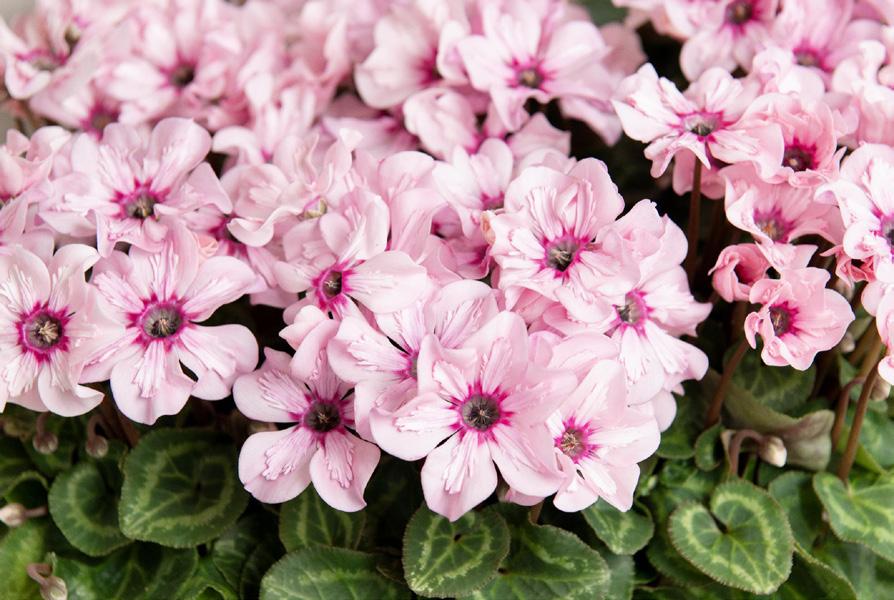

Cyclamen
With masses of colourful blooms from early autumn through spring, cyclamen are a favourite for autumn gardens. This year, we’ve got some exciting new varieties of cyclamen arriving, including the first appearance in New Zealand of the award-winning Cyclamen Illusia, prized for its unique appearance and profuse flowering.
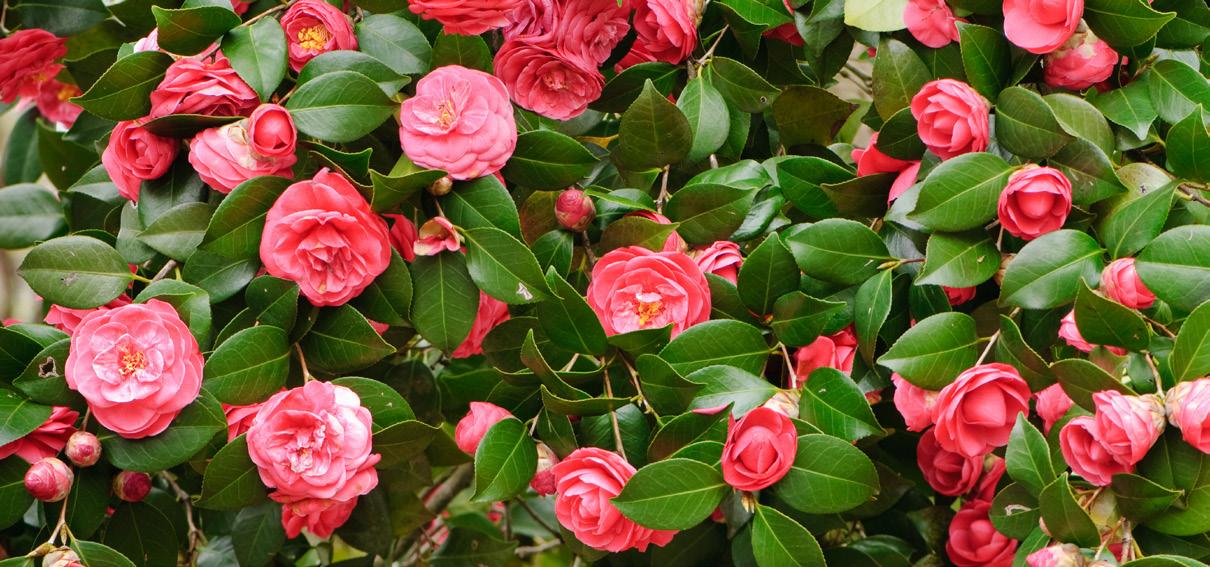
Camellia
Prized for their stunning blooms and lush, evergreen foliage, camellias are an autumn classic. Their versatility makes them a favourite for hedging, screening, and as feature plants. We stock the two main species as well as hybrids: Camellia sasanqua, which blooms earlier in the season and is great for espalier or hedges, and Camellia japonica, known for its larger, showy flowers.
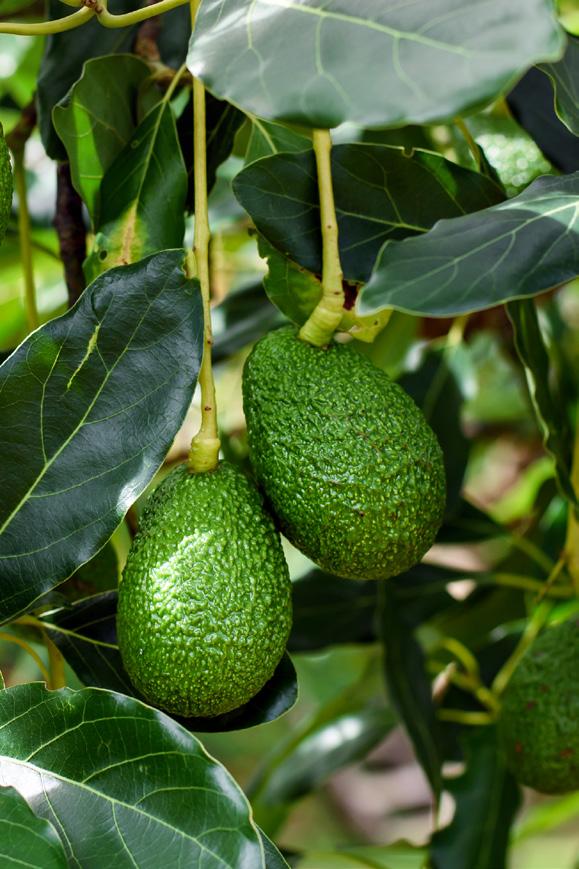
Avocado
Enjoy homegrown harvests for years to come by planting your own avocado tree! Avocados are easy to care for, and thrive in a variety of conditions. Once fully established, they can fruit year round - what’s not to love?

Heuchera
Also known as ‘coral bells’, heuchera is a favourite for its dainty bell-like blooms and striking foliage. Available in shades of deep purple, rich green, and silvery hues, heucheras are perfect for adding texture and colour to your garden year-round. These versatile plants thrive in both sun and shade, making them a great option for borders, containers, and underplanting.
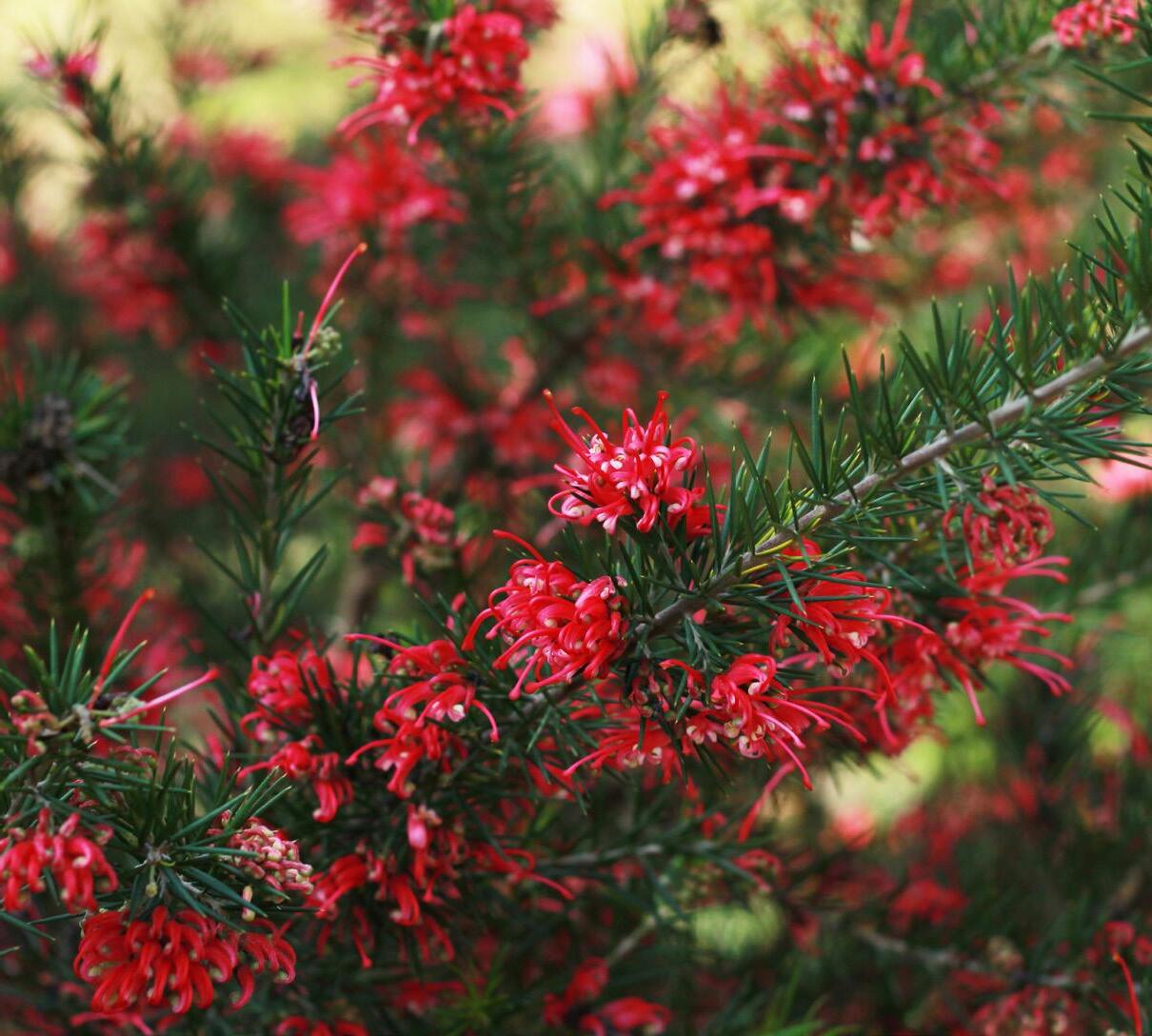
Grevillea
Often nicknamed “spider flower” due to their distinctive blooms, grevilleas are a vibrant and hardy choice for autumn planting. Available in a range of stunning colours, they attract pollinators like bees and birds to your garden. Grevilleas are drought-tolerant and easy to care for, making them a popular choice for low-maintenance gardens.
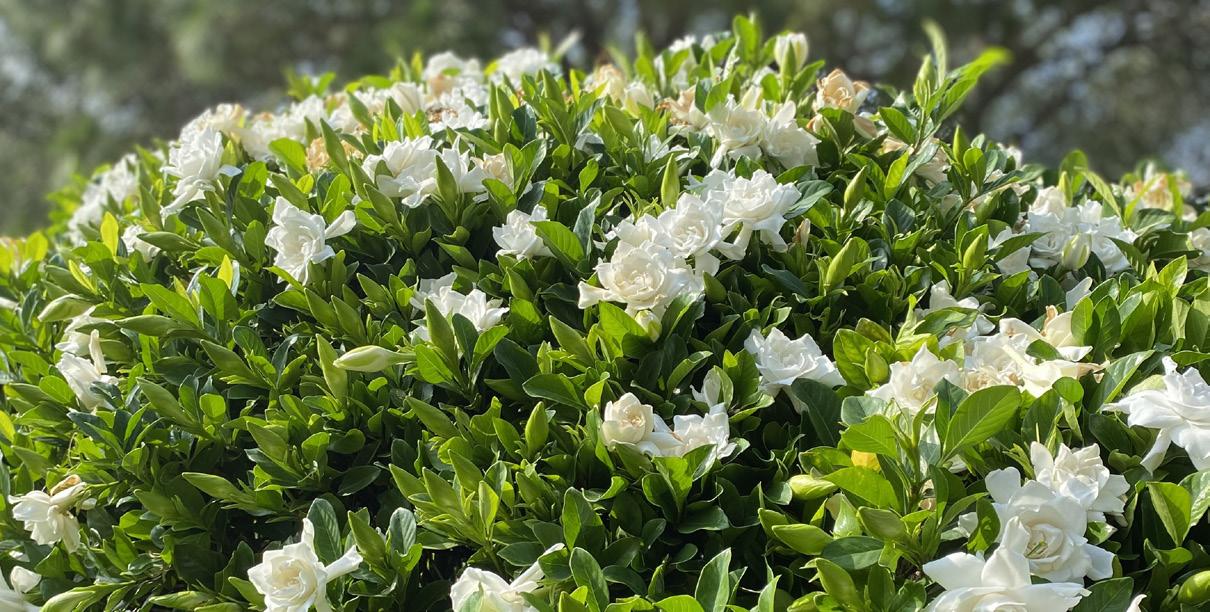
Gardenia
Popular for their beautiful blooms with sweet fragrance, there’s so much to love about gardenias. They flower for months on end, filling your garden with their signature scent. Gardenias thrive in pots and garden beds, and their glossy green foliage keeps your garden looking lush.
Follow us on Facebook and Instagram to stay up to date with new releases and what we’re loving.
KingsPlantBarnNZ

KingsPlantBarn
Citrus trees are a staple in any kitchen garden. With their beautiful blooms and lush foliage, they look great in the garden, and taste great in the kitchen! Whether you prefer traditional favourites like lemons, limes, and oranges, or more unique varieties like limequats and tangors, there’s a citrus tree to suit every garden size and style.
Planting
Choose a warm, sunny spot for your new citrus tree, ensuring there is shelter from strong winds. While most citrus trees thrive when planted directly into the ground, dwarf varieties are ideal for growing in large pots, making them a great option for patios or smaller spaces.
When planting into the ground, ensure your soil is well-draining and rich in organic matter. Improve the soil’s nutrients by mixing in Kings Compost and Kings Sheep Pellets. When planting into a container, opt for Kings Container Mix.
Keep your new citrus tree growing well by watering deeply at planting time, and continuing to water a couple of times a week while it’s getting established. During the cooler months, rainfall will ease some of the watering demands, but it’s important to stay on top of watering during any dry spells to ensure the soil remains moist.
Feed established citrus trees in autumn and spring with Kings Citrus Food to encourage healthy growth and vibrant foliage. Additionally, from spring through autumn, feed with Aquaticus Organic Garden Booster monthly to improve soil microbial activity and overall plant health.
Apply a layer of Living Earth More Than Mulch around the base of the tree to retain moisture, and suppress weeds. Keep an eye on the mulch throughout the season and top it up as needed, ensuring it doesn’t come into direct contact with the tree trunk.
To help your new tree establish a strong root and branch structure, remove all fruit during the first year of fruiting. For mature trees, improve fruit quality by removing around a third of the crop annually. Regular pruning to remove dead or overcrowded branches will also improve airflow and sunlight penetration.

Citrus trees take a few years to start bearing fruit after planting. For those who want to enjoy fruit sooner, consider purchasing a larger-grade plant for faster results.
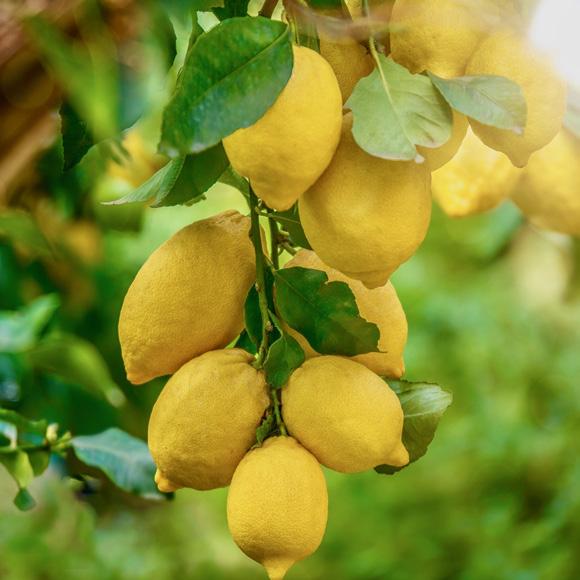
Lemon Meyer
A versatile lemon variety known for its prolific harvests of sweet, juicy fruit and the ability to fruit year-round. It’s compact, making it ideal for pots or smaller garden spaces, and thrives in Auckland’s mild climate.
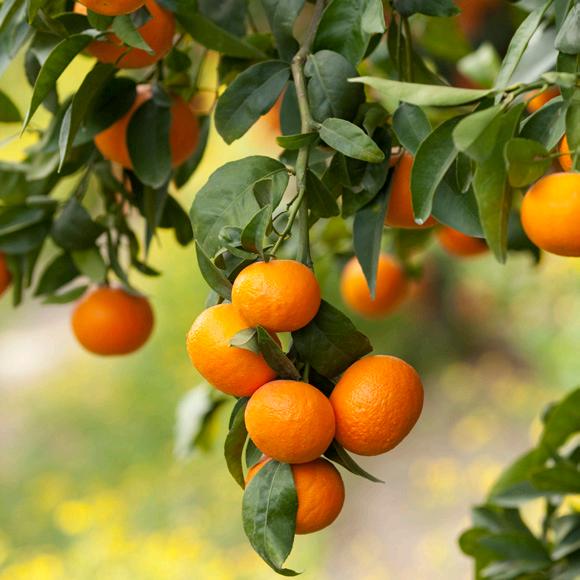
Mandarin Miho
A small, sweet mandarin belonging to the Satsuma family, renowned for its early ripening and deliciously refreshing flavour. This seedless variety features thin, easy-to-peel skin, making it a favourite for lunchboxes. Its prolific fruiting ensures an abundant supply throughout the season.
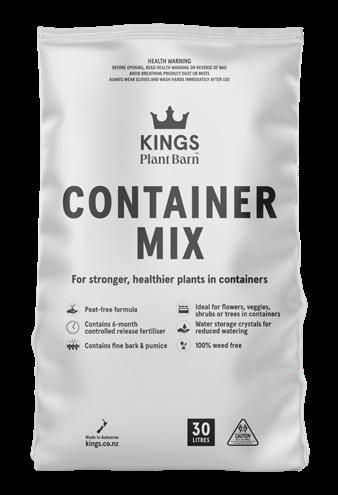
If you prefer planting in a container, use this high-quality mix to keep your soil moist.
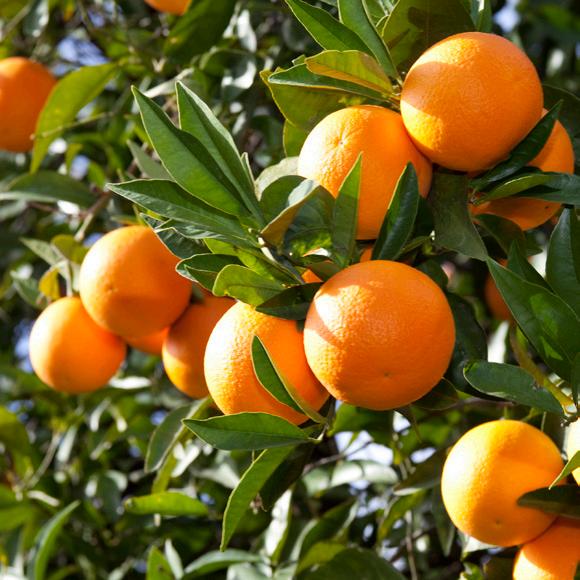
An early-ripening, seedless orange variety with rich, sweet flavour and easy-to-peel skin. The large, juicy fruits are perfect for eating fresh or juicing. Its reliable productivity makes it a favourite among home gardeners.
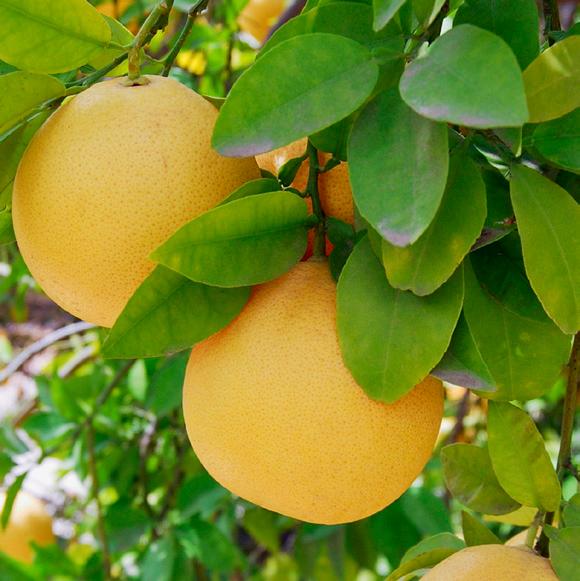
A low-acid grapefruit with a sweet, tangy taste and golden-yellow flesh, ideal for fresh eating or juicing. Its reduced bitterness makes it popular even for those who don’t typically enjoy grapefruit.
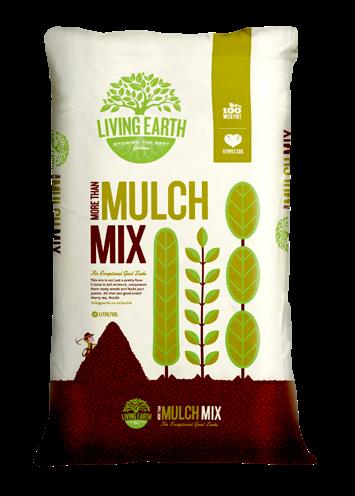

Lime Bearss
A seedless lime with a bold, zesty flavour and plenty of juice, perfect for cooking. This hardy lime is highly productive and thrives in sunny, sheltered spots.
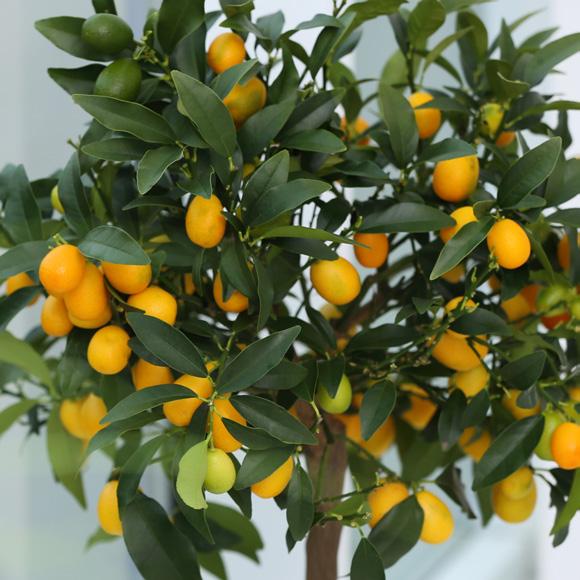
Kumquat
A small, tangy citrus fruit with a unique balance of sweet, edible skin and sour pulp. Perfect for snacking, preserves, or adding a burst of flavour to drinks and desserts. Compact and ornamental, kumquats are as attractive in the garden as they are delicious.
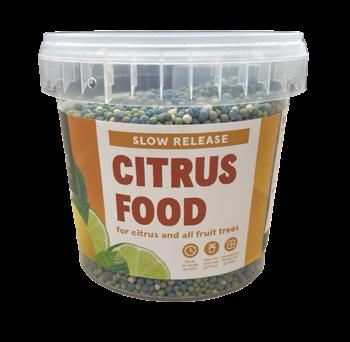
Contains bark which creates a barrier between the sun and earth, keeping plants hydrated for longer.
Feeds citrus when they need it, promoting healthy growth and fruiting.
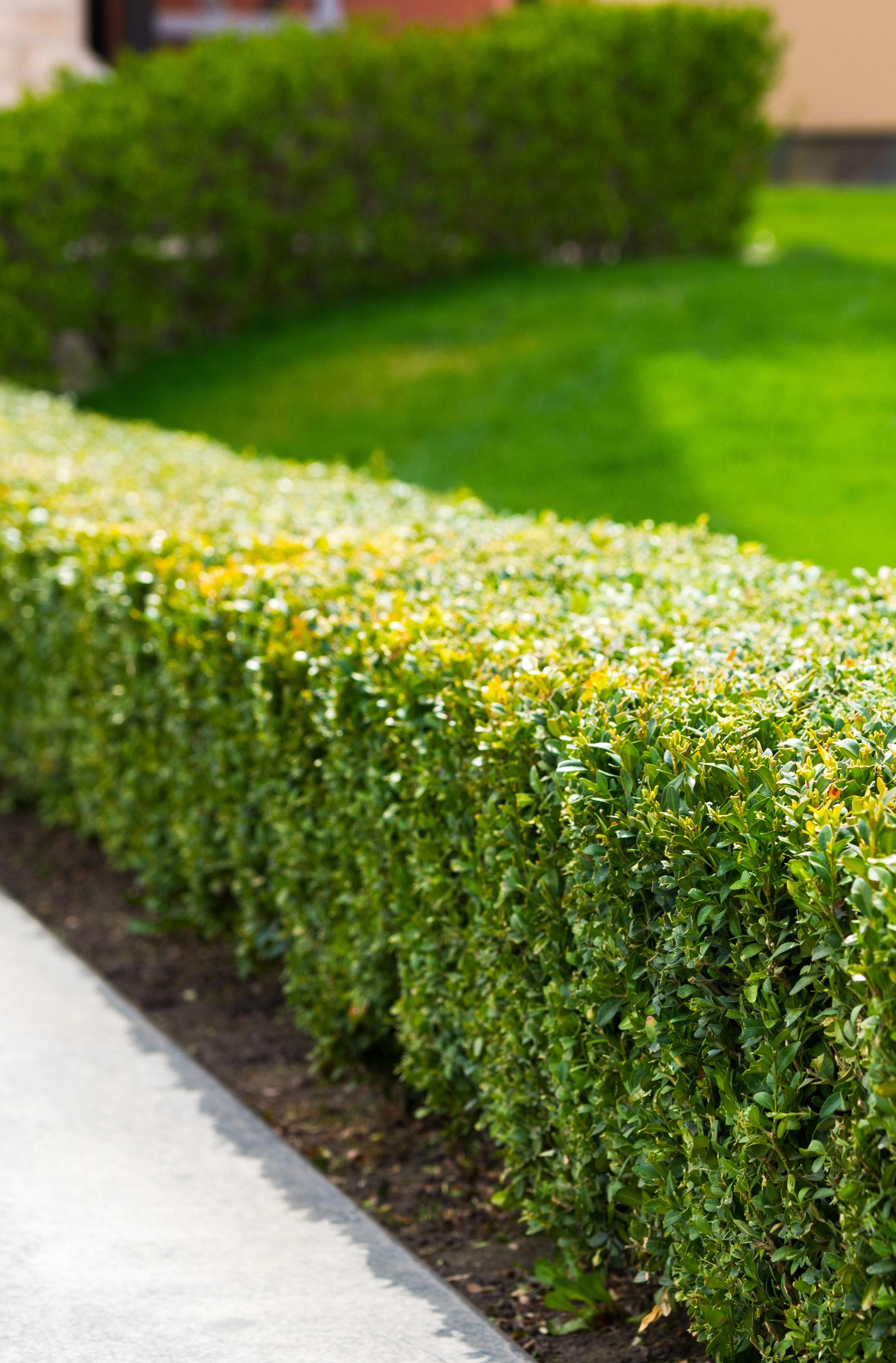
Adding hedging to your outdoor space is a fantastic way to bring both privacy and personality to your garden. Autumn is the ideal time to get planting, as the cooler temperatures and increased rainfall allow your hedging plants to settle in and establish before the cool winter months arrive.
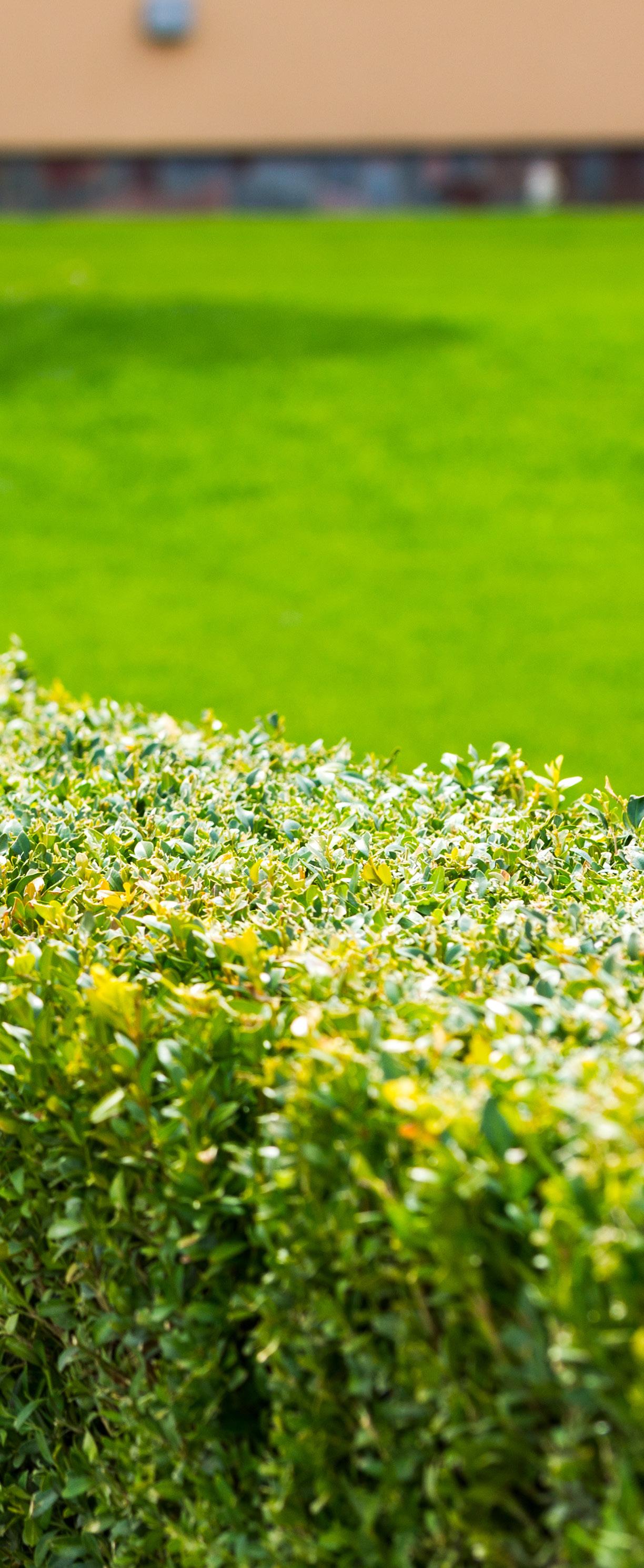
Before you begin creating a hedge, think about how quickly you’d like to see results. Planting hedging plants closer together will result in an established hedge more quickly, while spacing them further apart will take longer to fill in but will require fewer plants.
Choosing the right hedge for your garden is crucial. Take into account the conditions of the planting site, including sunlight levels, soil type, and exposure to wind. If you’re unsure, our expert team is always available to help you select the perfect hedge for your space.
Prepare the soil before planting to give your hedge the best start. Enrich with nutrients by adding Kings Compost and Kings Sheep Pellets. For claybased soils, mix in ClayBreaker Gypsum to enhance drainage. For larger hedging plants, add a stake to keep them stable while their roots get established.
Before planting, have a look at how each plant is growing and position them so the bushier sides face the next plant. This ensures your hedge fills out evenly and quickly. Dig holes twice as wide and slightly deeper than the root ball to encourage root spread and healthy establishment.
After planting, water deeply and feed with Aquaticus Organic Garden Booster. Apply a layer of mulch, such as Living Earth More Than Mulch, around the base of the plants to retain moisture and suppress weeds. Ensure the mulch doesn’t touch the stems to prevent rot.
If traditional hedging isn’t your thing, try adding a unique flair with a hedgerow. Hedgerows are created by combining multiple different hedging species for a more natural, diverse look!
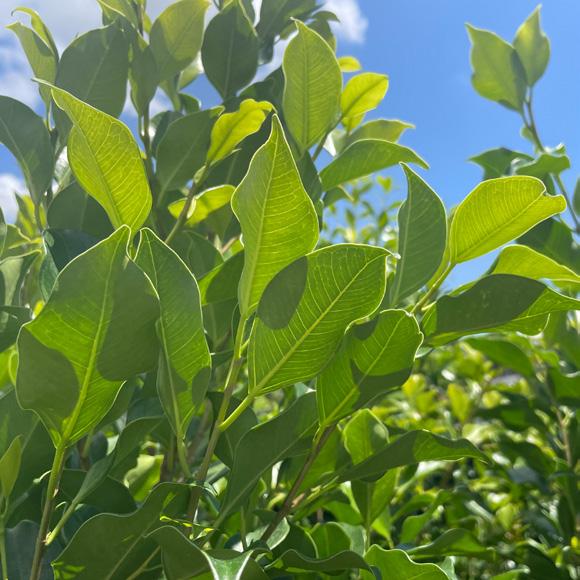
Ficus Tuffi
This fast-growing hedge is popular for its vibrant emerald-green foliage that darkens with age. Ficus Tuffi thrives in full sun or partially shaded spots, making it a versatile choice for many garden styles. For best results, space plants 50 cm to 1 m apart, depending on how dense you’d like your hedge to form.
Height: 3-4m

Pittosporum
With a range of varieties in different shapes, colours and forms, pittosporum is a hardy native shrub that is commonly used as hedging. Its fast-growing nature makes it a great choice for those looking to establish a hedge quickly. Pittosporum thrives in full sun to partial shade and suits both formal and informal garden designs.
Height: 2-5m

Available in a range of stunning colours, including green, silver, and chocolate, this hardy New Zealand native is an excellent choice for many garden types. Corokia grows well in full sun to partial shade and is tolerant of coastal winds and exposed conditions. Depending on the variety, space plants 30 cm to 50 cm apart
Height: 1-2m
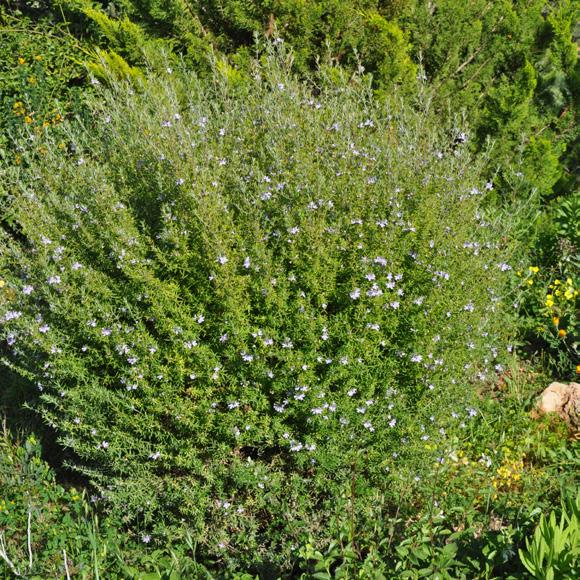
Westringia
Westringia is a hardy and versatile evergreen hedge with attractive grey-green foliage and soft mauve blooms. Its drought tolerance and low-maintenance nature make it perfect for sunny to partially shaded positions. When planting, leave 45cm between each plant.
Height: 1-2m

Buxus
With its glossy, deep-green leaves and slow growth, buxus is a classic choice for formal hedges or borders. Its tolerance for frequent pruning and adaptability to sun or partial shade make it a lowmaintenance favourite. Buxus can be shaped and topiaried, making it a great versatile hedging option. Space plants 20 cm to 30 cm apart for a dense, formal hedge.
Height: 0.5-1.5m

Griselinia
This hardy and adaptable New Zealand native is a favourite for hedging. With its lush, evergreen foliage and tolerance to a wide range of conditions, Griselinia suits most garden styles. Space 75cm apart when planting.
Height: 3-4m




Weeds come in all shapes and sizes, making garden control a tough task. That’s why Kiwicare offers a wide range of weed control products to help you win the backyard battle.


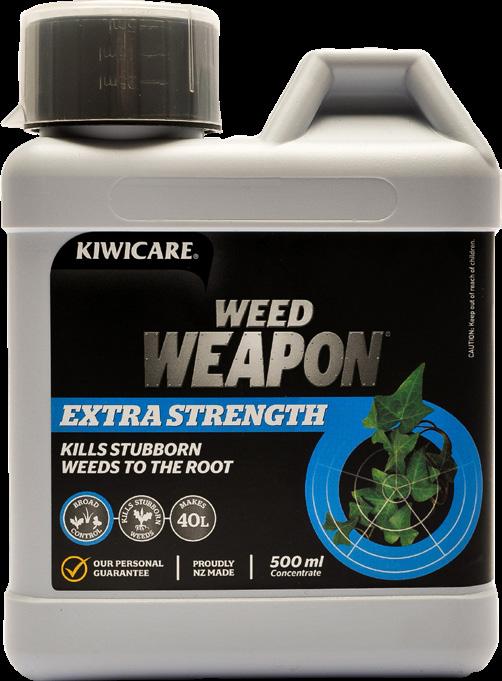

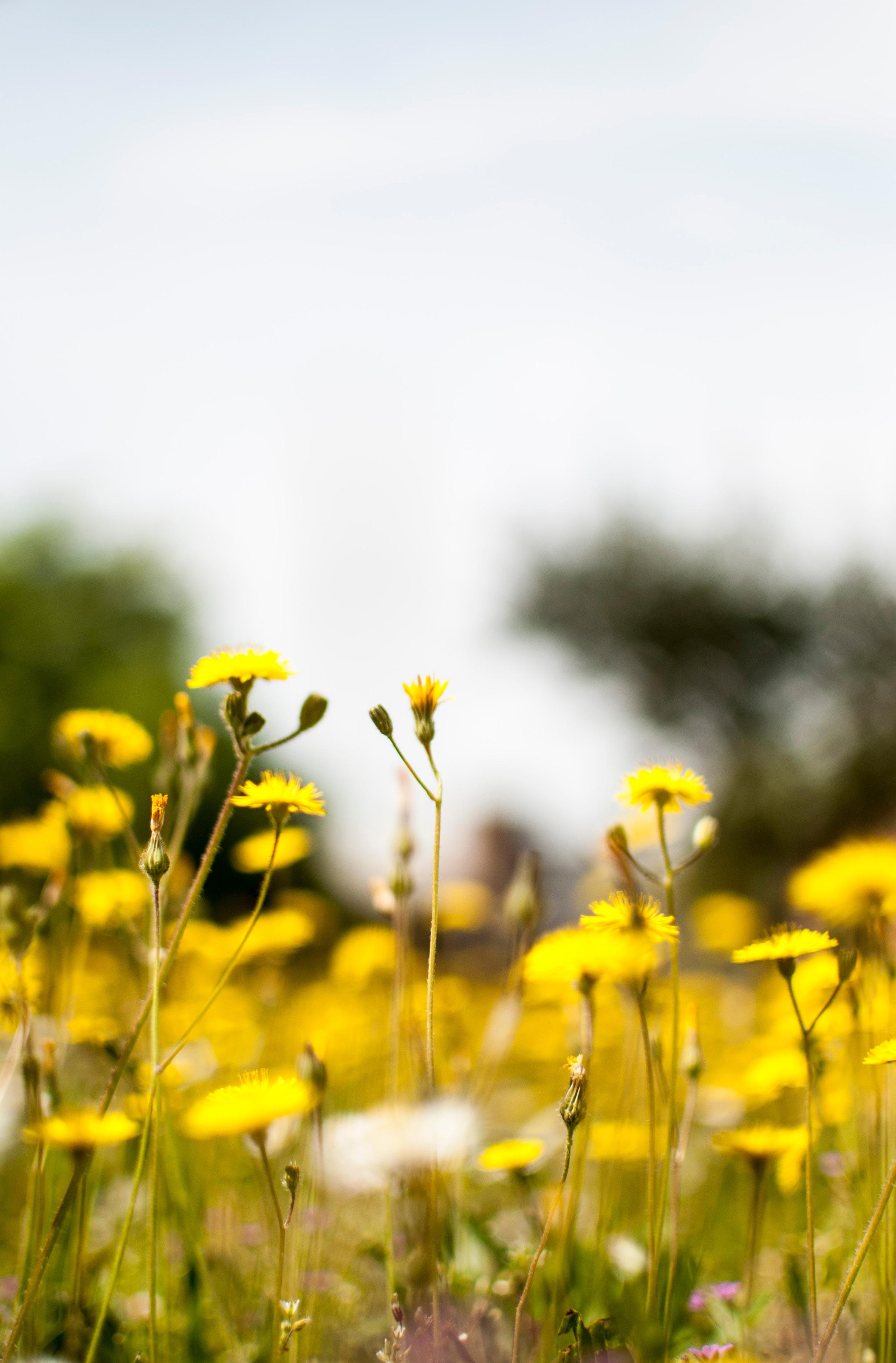
For long term weed control, kills current growth and prevents weed seeds germinating
Up to 365 days prevention
Rainfast in 2 hours
Safe for children and pets once dry

Kills a broad range of weeds and grasses to the roots for effective control
Biodegradable in soil
Rainfast in 2 hours
Safe for children and pets once dry

Certified for use in organic gardening
Rainfast in 2 hours Safe for children and pets once dry
During the cooler months of autumn and winter, food is scarce for our pollinators. By planting food sources for bees, not only will you invite these buzzing friends into your garden, but you’ll also enjoy vibrant blooms. By focusing on seasonal plants, we can ensure our pollinators have food year-round.
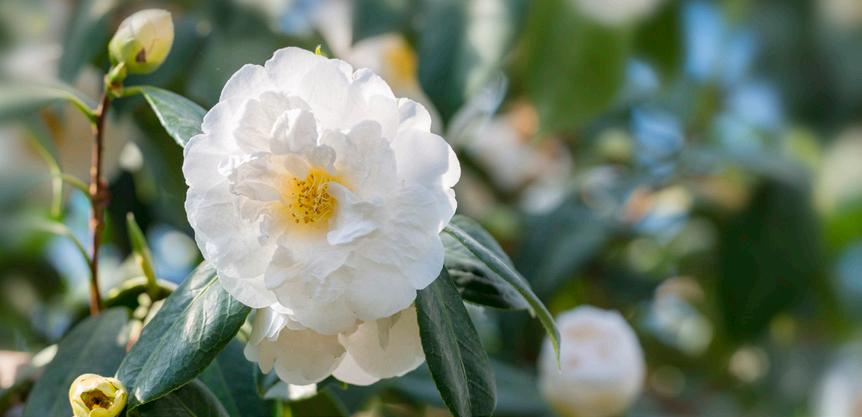
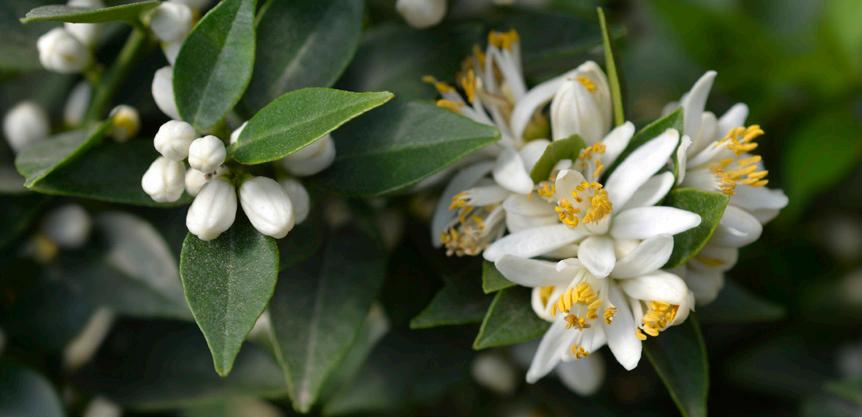

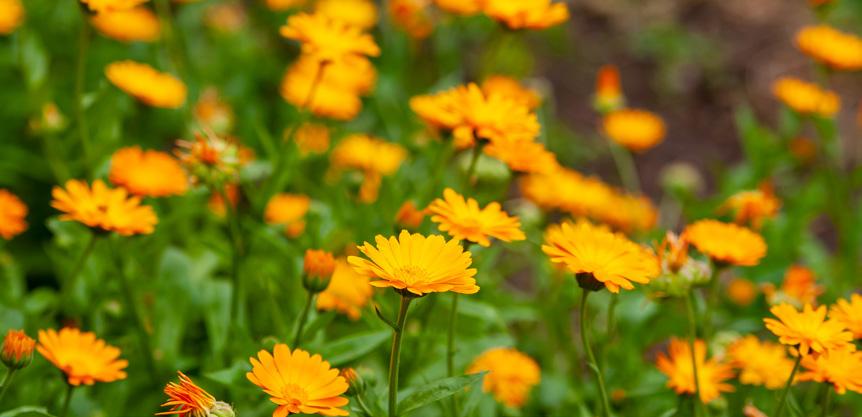
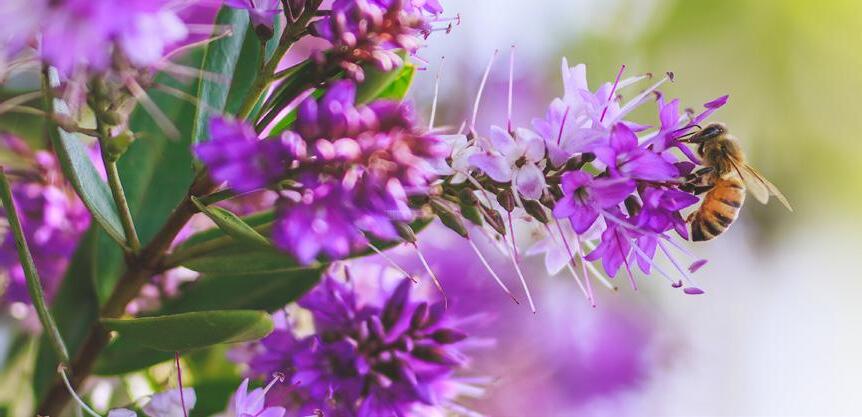
Camellia
Blooming in autumn and winter, camellias provide a reliable food source for bees during the cooler months. Their beautiful flowers will bring vibrant colour to your garden, and their evergreen foliage will feel lush throughout the year.
Lemon Meyer
Flowering year-round, Lemon Meyer is an excellent source of food for bees. Autumn is a perfect time to plant these citrus trees, and with both dwarf and full-sized varieties available, they can fit in any garden. Dwarf varieties are even suitable for growing in pots on patios.
Rosemary
Drought-tolerant and hardy, rosemary can flower almost all year! Its small, nectar-rich blooms in shades of white, pink, or purple are a favourite of bees. Not only does rosemary support pollinators, but it’s also a versatile herb for your kitchen. Grow it in containers, along walls, or as a shrub in garden beds.
Calendula
Often called “winter marigold,” calendula is a herbaceous annual that blooms in autumn and winter. These edible flowers are a wonderful addition to salads and also provide an excellent source of nectar and pollen for bees during the cooler months. Their bright orange or yellow blooms bring a vibrant touch to your garden.
Hebes
Hebes are native evergreen shrubs that flower in autumn, providing nectar-filled blooms for bees and butterflies. Available in a variety of sizes and colours, hebes are perfect for borders, containers, hedges, and native gardens. Their year-round foliage and easy-care nature make them a staple for any pollinator-friendly space.
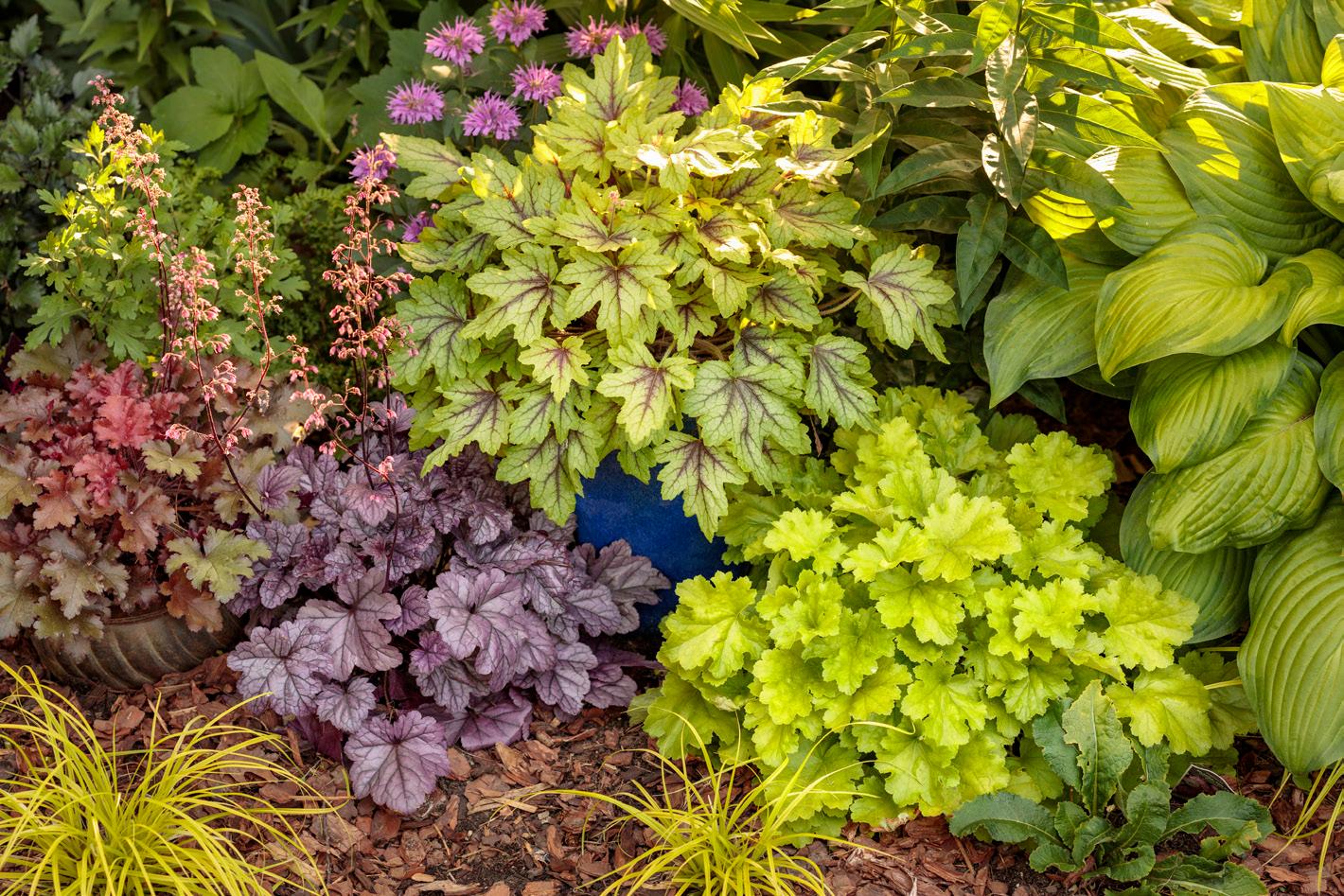
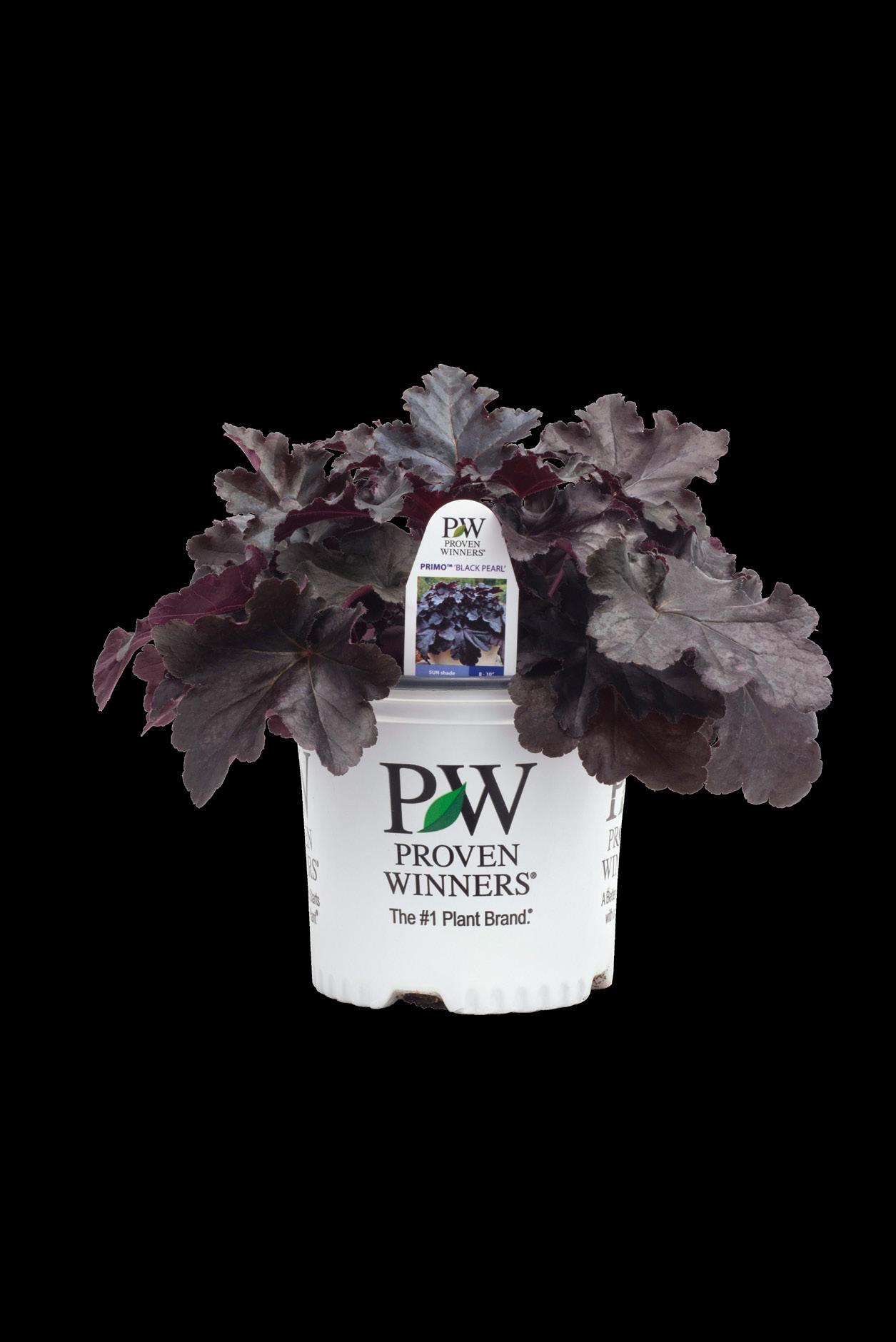
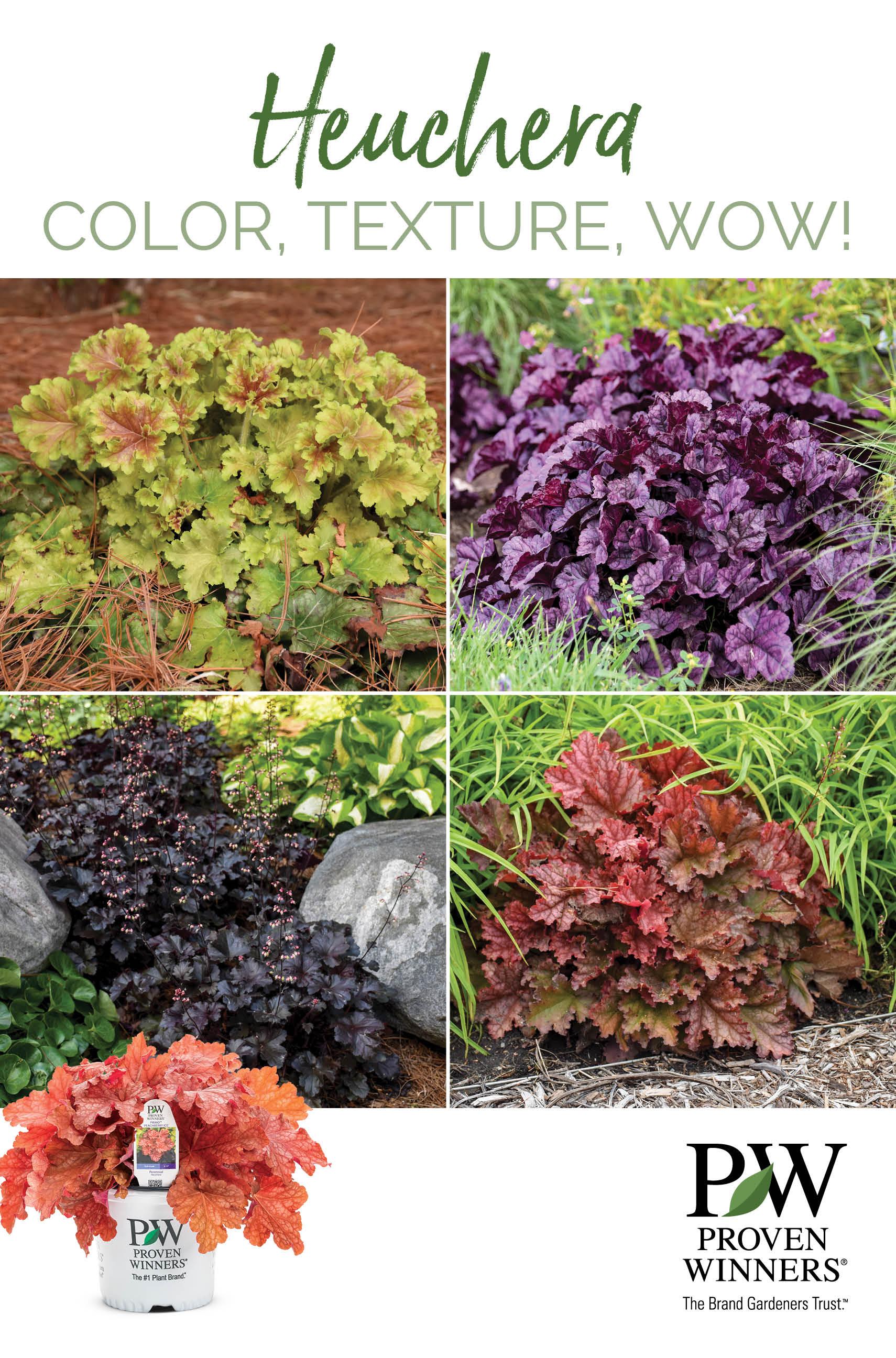
Autumn is a season of transition, where the garden shifts from the lush greens of summer to warmer hues. Enjoy the last of the warmer weather, and fill your garden with vibrant colour that will thrive in the cooler months ahead.

Autumn is nature’s planting time. Planting now gives your plants a chance to get established before winter arrives, and brings vibrant colour to your garden through those cooler months.
Here are some of our top tips for creating a stunning autumn garden.
To make your garden feel lush and dynamic, incorporate plants at different heights. Start with taller feature trees like maples, renowned for their fiery red and orange foliage. Add mid-sized shrubs like camellias or azaleas to bring
seasonal blooms, and finish with groundcovers such as alyssum or pansies to fill in the gaps.
Odd numbers of plants create a natural look in your garden. Start by placing the largest structural plants before working your way down to the smallest ones. To maximise impact, try pairing complementary plants such as colourful cyclamen with soft green ferns, or soft alyssum planted beneath maple trees.
Great gardens start with great soil. Before planting, enrich your soil with compost and sheep
pellets. For heavier clay soils, add a sprinkle of ClayBreaker Gypsum to improve its structure. These simple steps set the foundation for thriving plants year-round.
Maintaining a thriving garden takes a little care. While the cooler months bring more rain, it’s important to ensure your garden gets a good soaking at least once a week. Feed your plants every three to four weeks with Kings General Garden Fast Food, or for an organic option, try Aquaticus Organic Garden Booster.
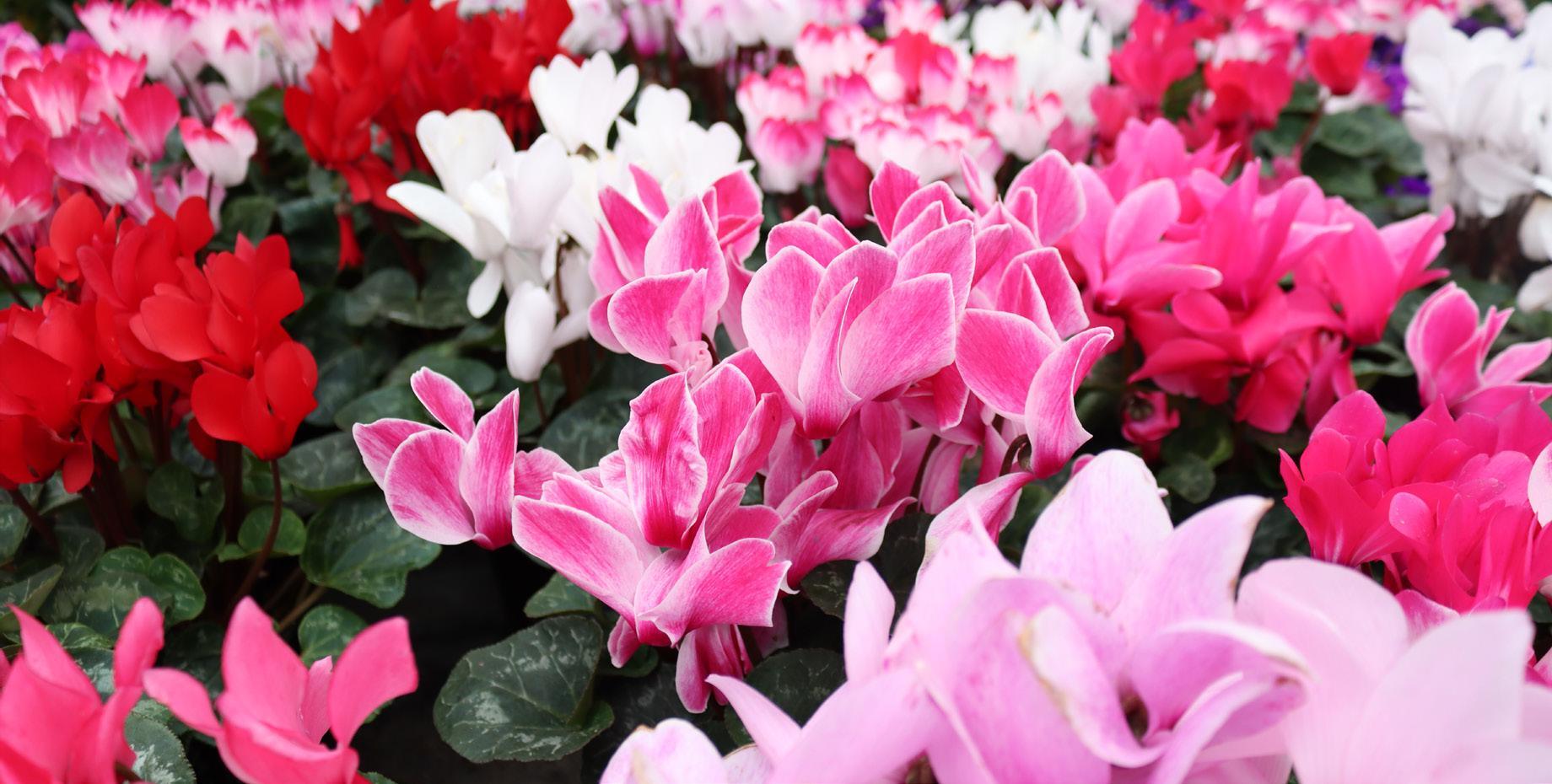
To keep your garden vibrant for longer, choose plants with staggered bloom times. Pair early autumn favourites with late-season stars like nandina for a display that lasts well into winter!

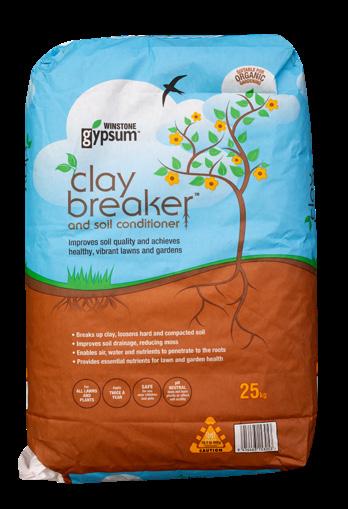
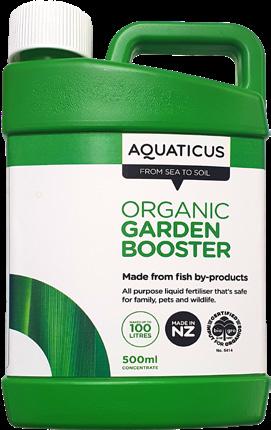
An all-purpose natural and organic fertiliser that feeds plants and helps promote healthy soil.
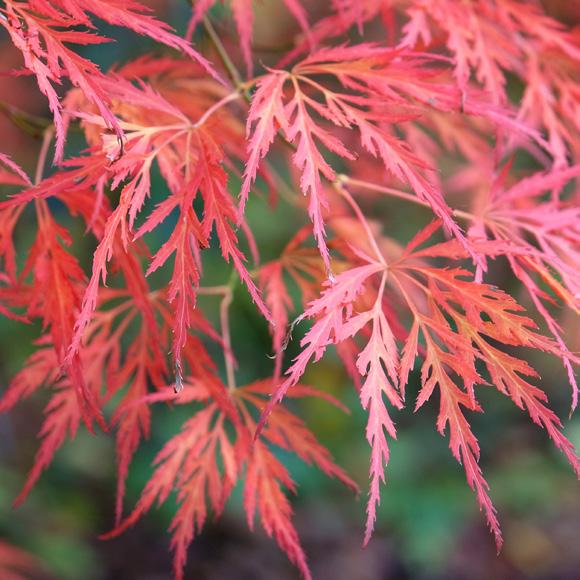
Commonly known as “Japanese Maple”, acers are renowned for their breathtaking foliage, transforming to shades of fiery red, vibrant orange, and golden yellow in the autumn months. These trees are available in a variety of sizes, making them perfect for any space.
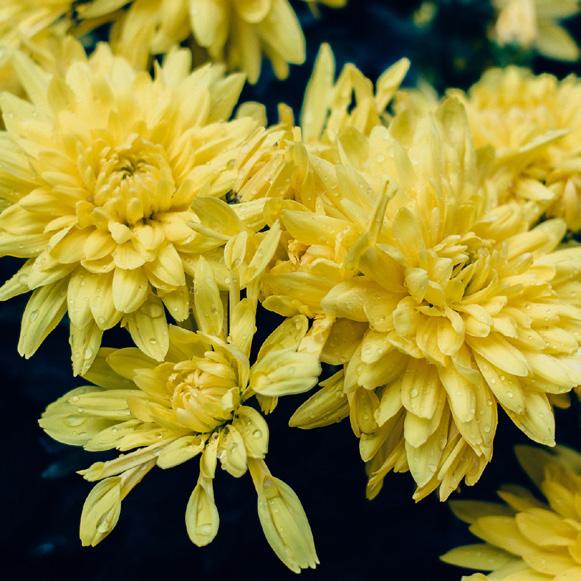
Often referred to as “Mums”, chrysanthemum have versatile blooms in a range of bold and vibrant colours. They are very easy-care, and perfect as a gift, or adding a pop of colour to your indoor or outdoor space.
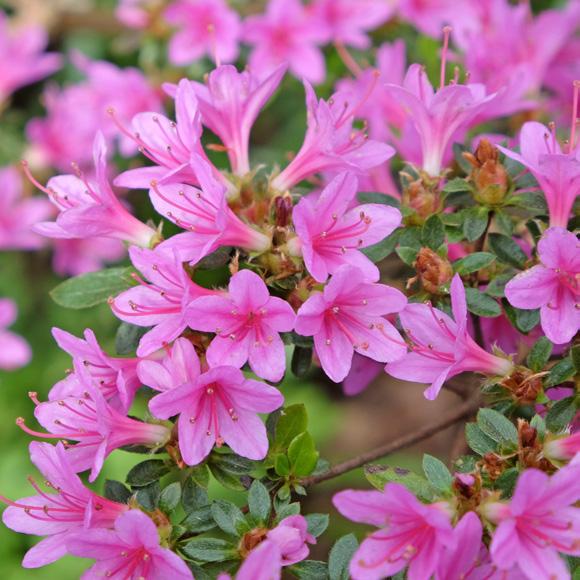
Azaleas produce stunning displays of blooms from autumn through winter. Perfect for adding a pop of colour to your shaded areas, azaleas are relatively easy to care for when planted in the right spot.
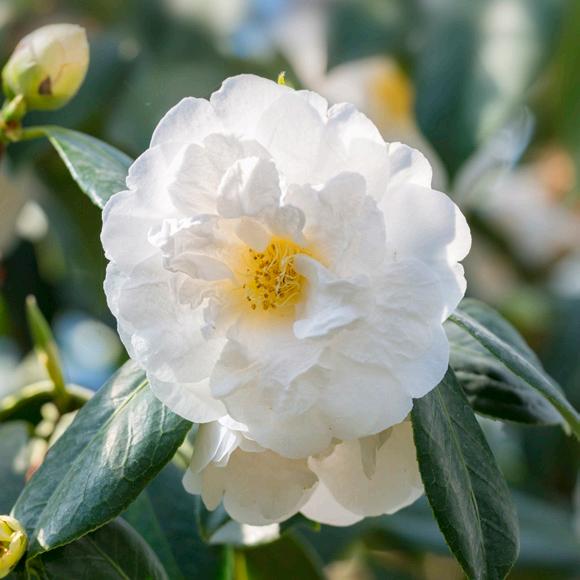
Available in a range of stunning colours, camellias are great as hedging, screening or as a standalone feature plant. Their glossy evergreen foliage creates a lush backdrop for their striking blooms that appear from autumn through spring depending on the variety.
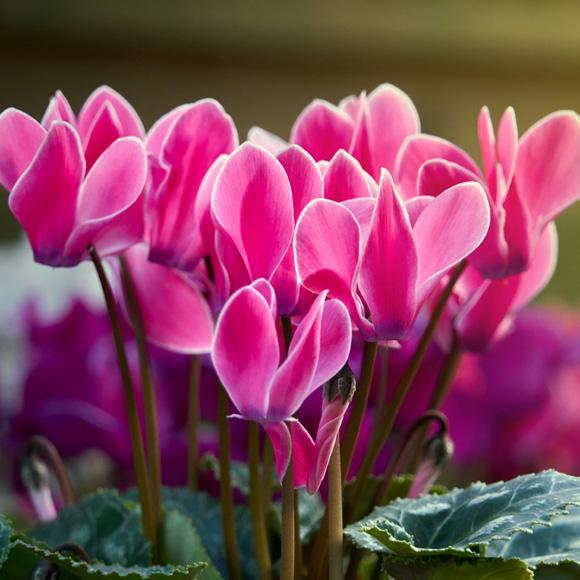
Brighten up those shady garden spots with colourful cyclamen. With masses of blooms throughout the cooler months, cyclamen make a great addition to your autumn garden. Colours range from pinks, whites and reds, and will bring life to your garden for years to come.
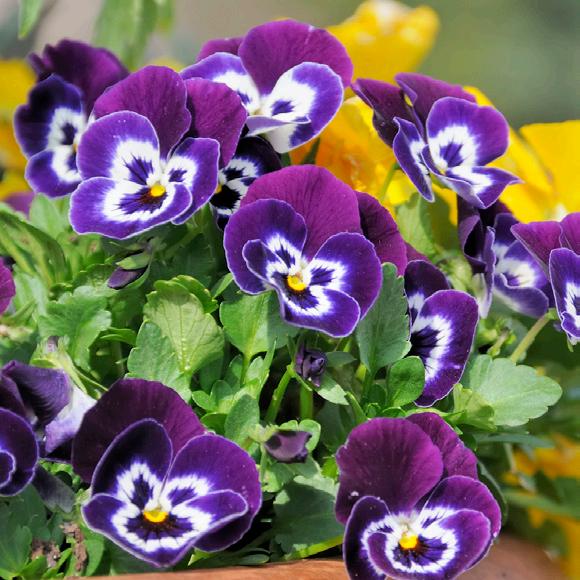
Add a burst of colour to your garden with pansies. Available in a range of bright colours, pansies are beautiful in pots, hanging baskets or planted en masse. They thrive during the cooler months, and these edible flowers also make a stunning addition to salads and cakes.
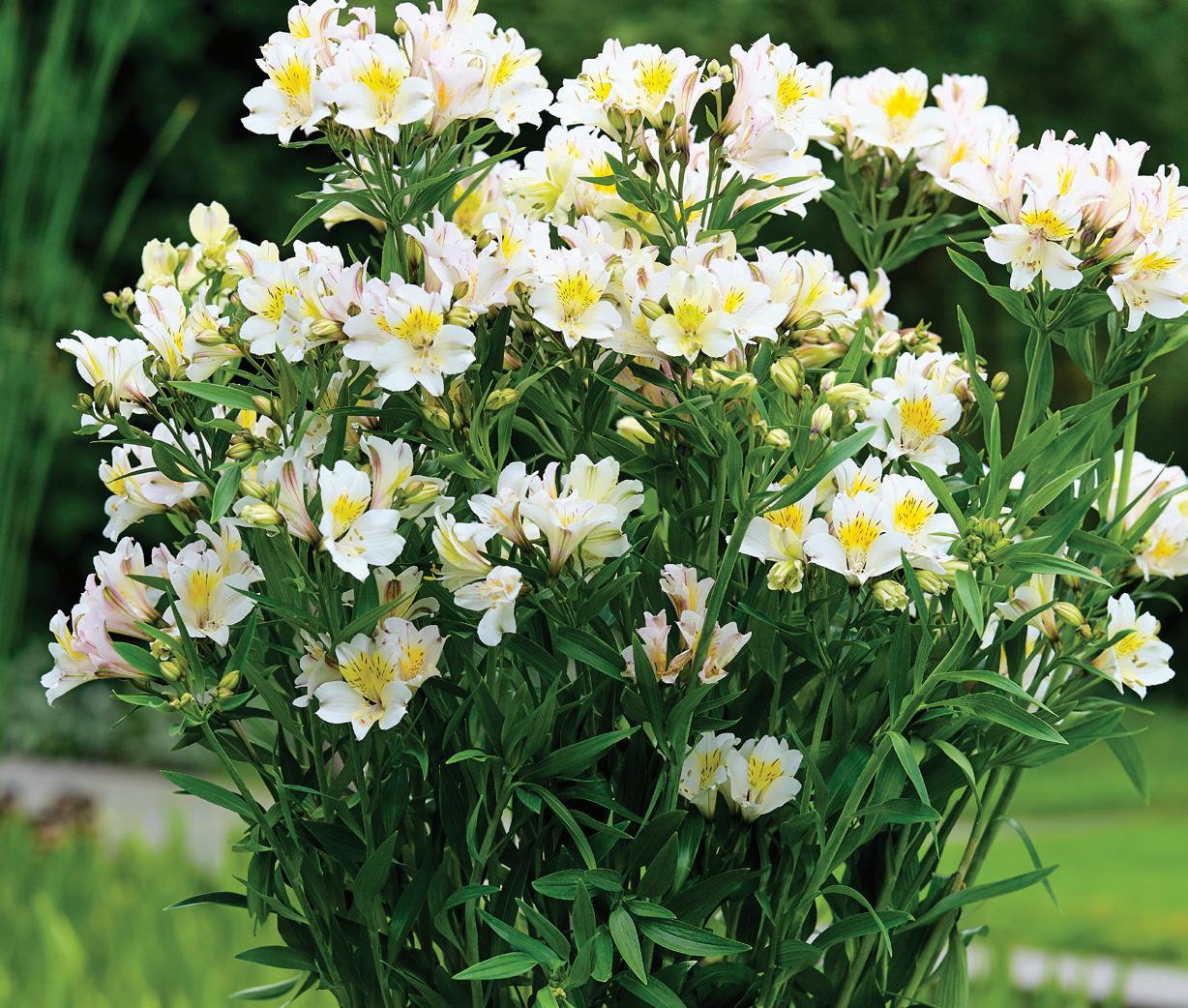
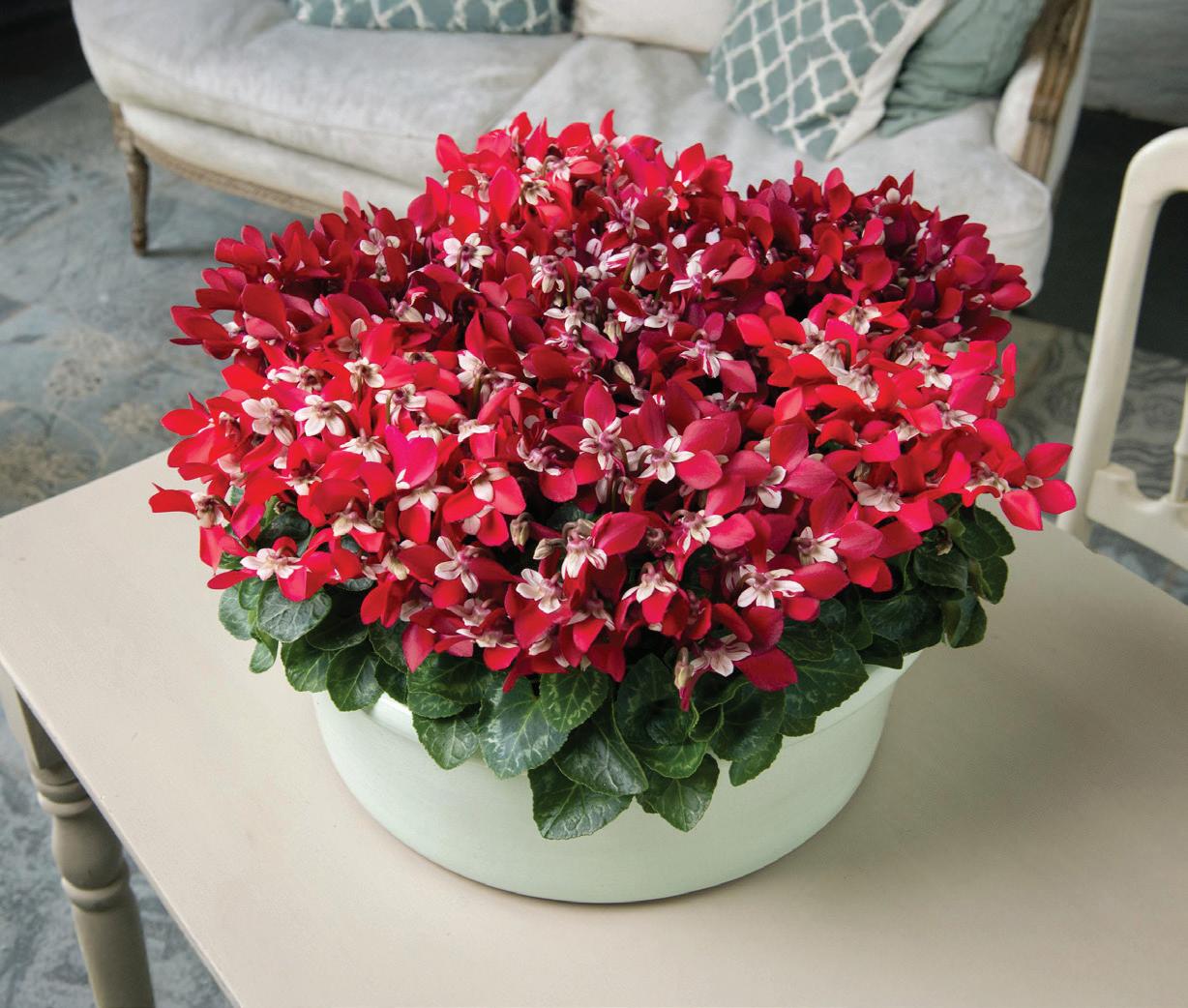

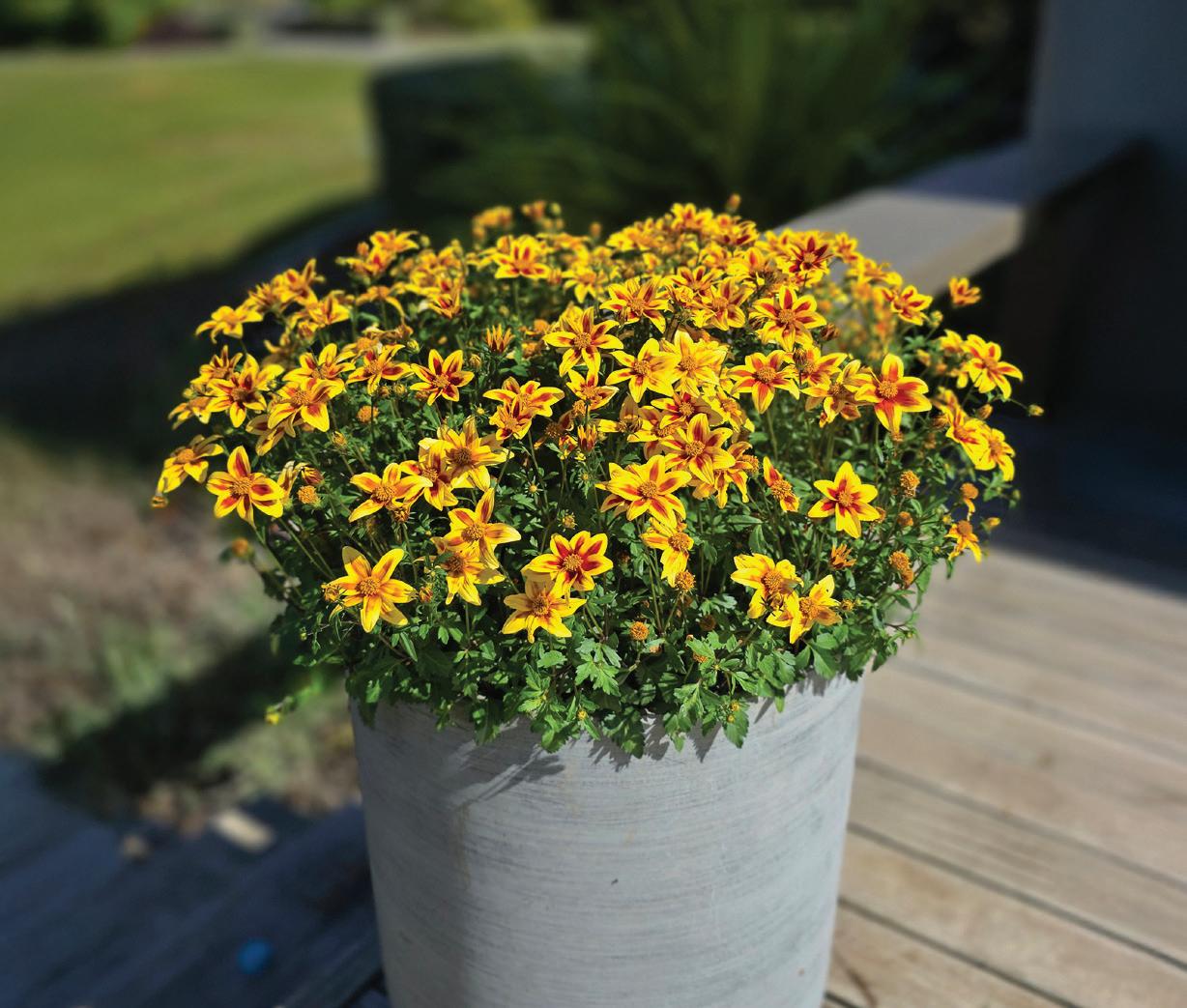

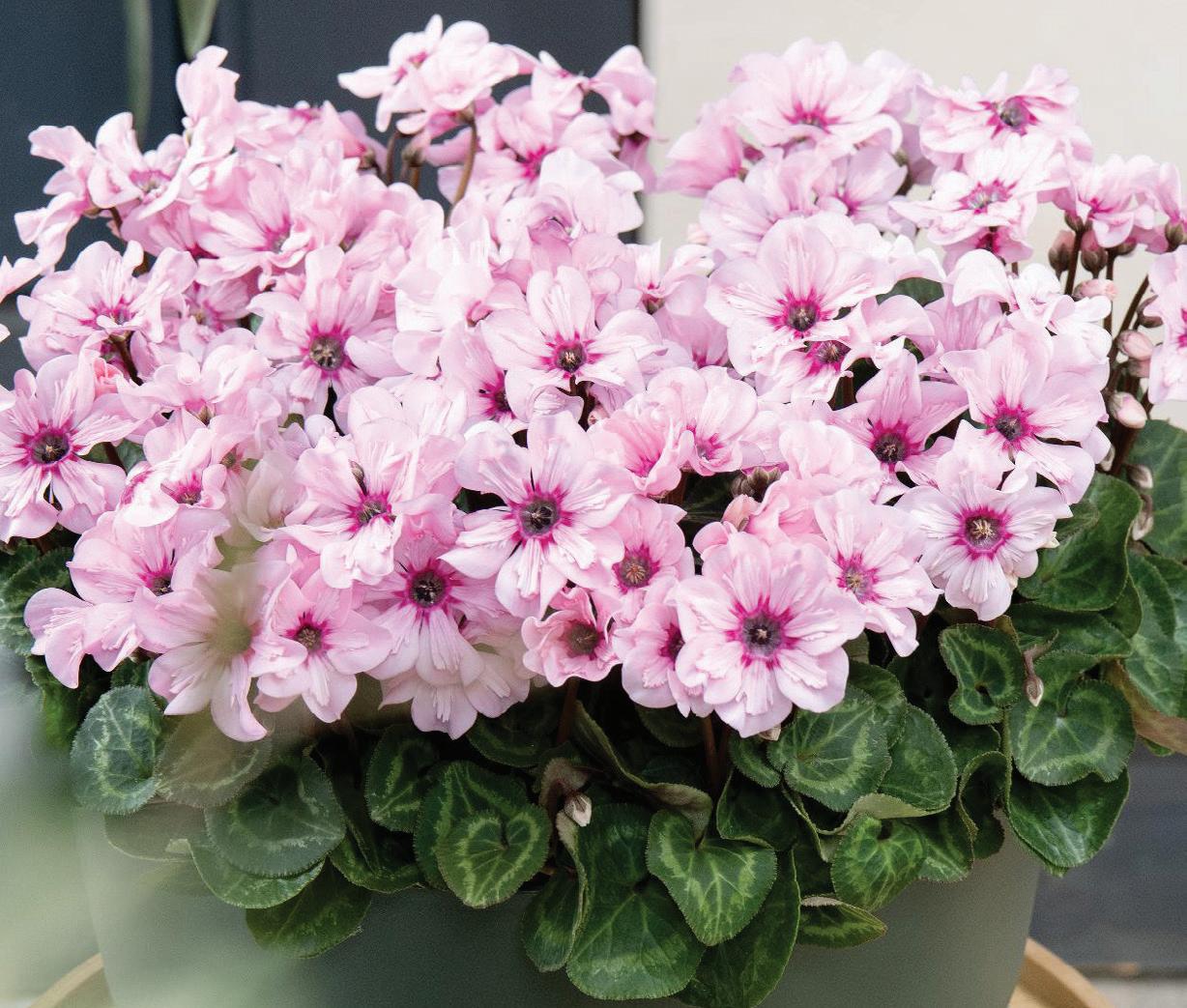
Available at your local Kings Plant Barn.
enrichwithnature.co.nz
Spectacular spring bulbs will brighten up your garden with their vibrant colour and delightful fragrance. Plant now in autumn to enjoy beautiful blooms once spring arrives. With a huge range of bulbs to choose from, you can create stunning displays in garden beds, borders, or pots.
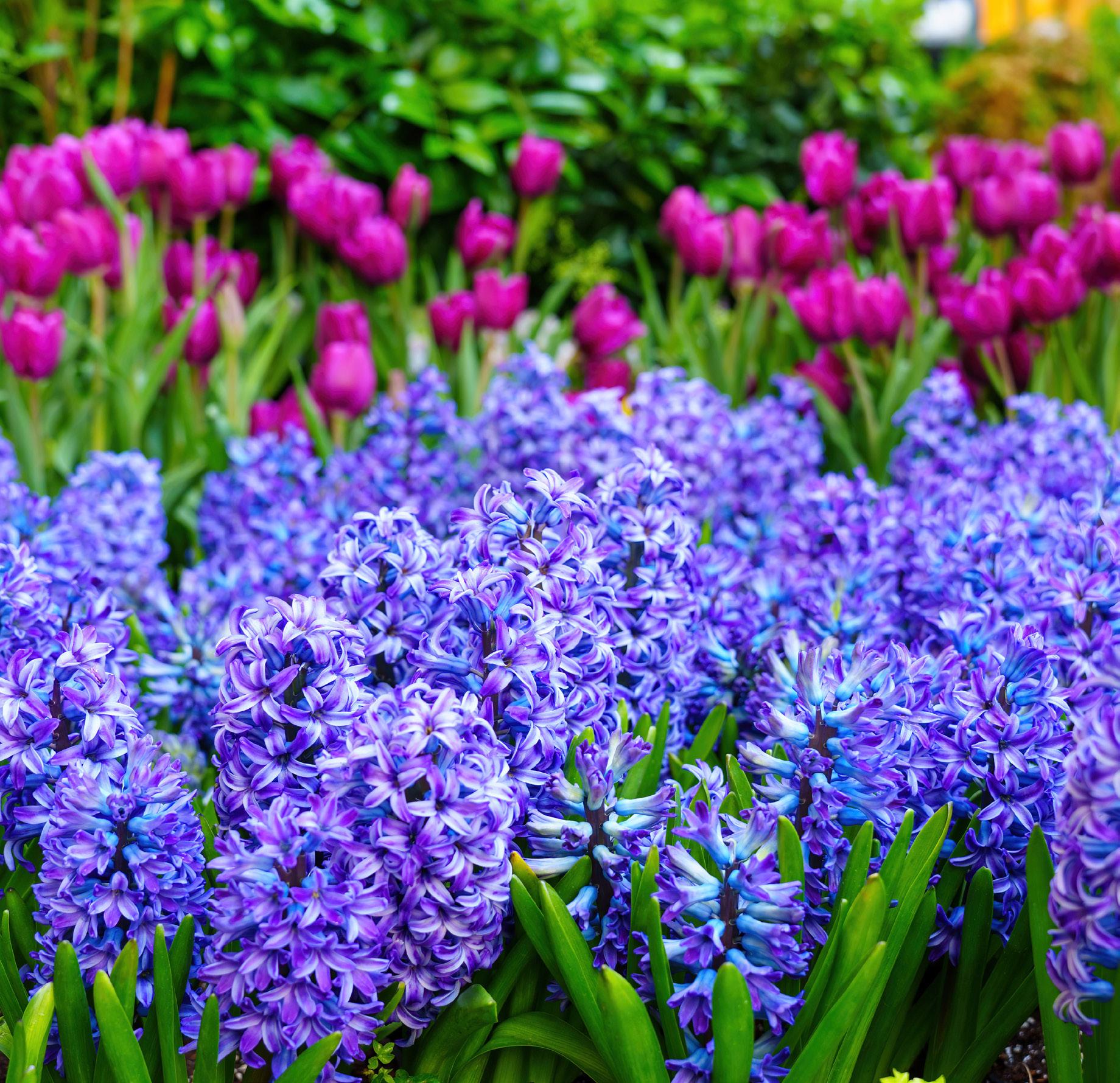
Planting
The best time to plant spring bulbs is in autumn, but specific planting times vary depending on the variety. Check out our top varieties below for detailed tips, or ask a friendly team member instore if you’re unsure.
Spring bulbs grow well in both garden beds and pots. When planting in the ground, ensure the soil is well-draining and nutrientrich. Mix in Kings Compost and pumice sand at planting time, or use a specialised mix like Tui Bulb Mix for best results. If your garden beds tend to get soggy
during wetter months, plant your bulbs into a slight mound to improve drainage. For pots, choose a container large enough for the bulbs to grow into, and ensure it has adequate drainage holes. Plant directly into Tui Bulb Mix for the best results.
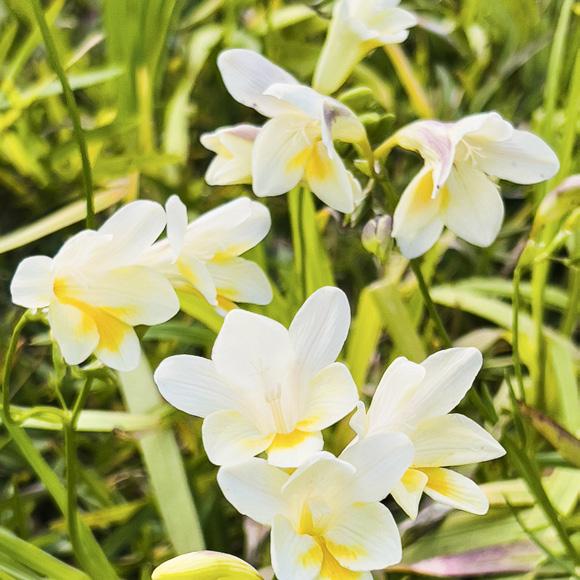
Freesia
Popular for their colourful blooms and sweet fragrance, freesias are an excellent choice for any garden. They’re easy to grow and provide stunning flowers that return year after year. To plant, position the bulbs with the pointed side facing upwards and plant in full sun from January to April.
Position: Full sun
Depth: 5–6cm Spacing: 8–10cm
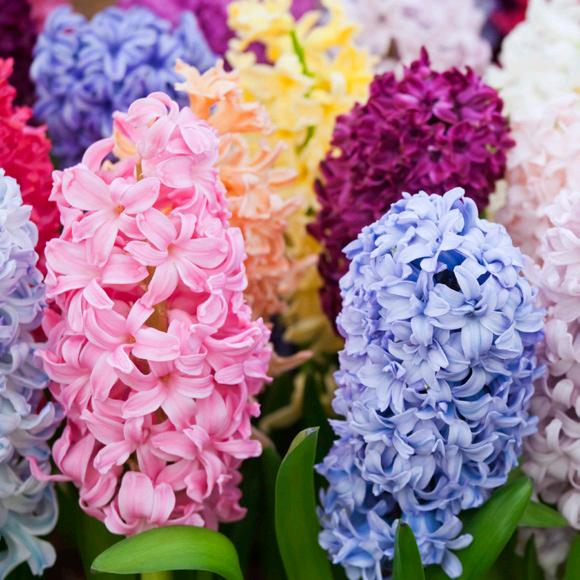
Hyacinth
Hyacinth will fill your garden with their colourful and fragrant blooms come spring. For the best results, chill the bulbs in the fridge for four to six weeks before planting. To enjoy multiple flowering seasons, lift the bulbs once the flowers and foliage have died back, store them in a cool, dry place, and replant next autumn. Plant in sunny spots from March to April.
Position: Full sun
Depth: 5–10cm Spacing: 8–10cm

Add vibrant colour to your garden with anemones, which are beautiful both in the garden or as cut flowers. For a longer vase life, pick blooms a couple of days before they fully open. Plant anemones in a partly shady spot between February and March.
Position: Part shade
Depth: 3–4cm Spacing: 6–8cm
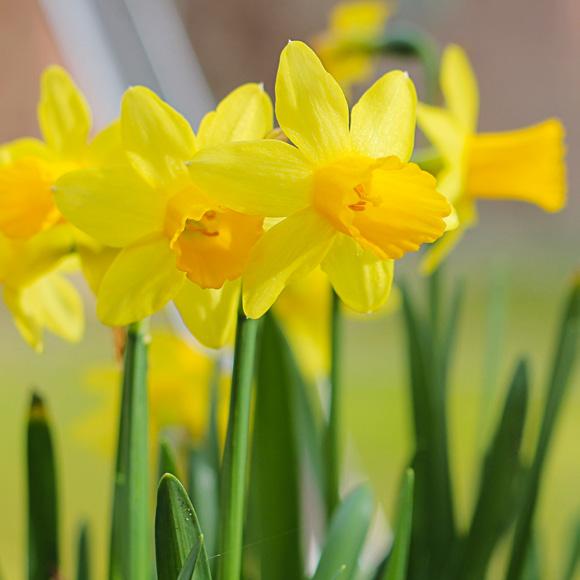
Daffodil
Daffodils are synonymous with spring, and their vibrant colours and easy-care nature make them a classic choice. With so many beautiful varieties to choose from, they’re perfect for any gardener. Protect your bulbs from slugs and snails during winter using Tui Quash to ensure stunning blooms in spring. Plant in full sun from February to April.
Position: Full sun
Depth: 8–10cm Spacing: 10–12cm
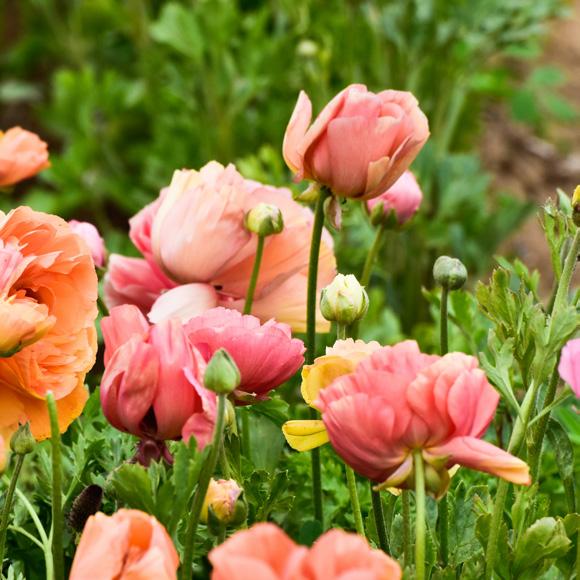
Elegant and ornate, ranunculus brings unique style to your garden. To help break dormancy, soak the corms in water for a couple of hours before planting. Plant them in a sunny spot from January to April for a stunning spring display.
Position: Full sun
Depth: 3–4cm Spacing: 6–8cm
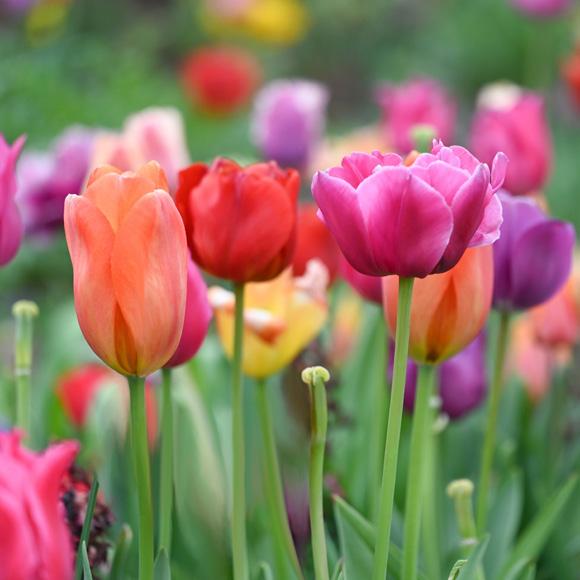
Tulip
Tulips are known for their simple elegance and striking colours, making them a stunning addition to any garden. To ensure beautiful blooms, store tulip bulbs in the fridge for a couple of months before planting. Plant them in a sunny spot in late May for a spectacular spring display.
Position: Full sun
Depth: 5–8cm Spacing: 8–10cm
27th March - 9th April A celebration of nature’s best planting time Join us instore for exclusive events, specials, giveaways, talks and more! Visit kings.co.nz for more details.
Head instore today and meet our team of expert staff and knowledgeable Plant Doctors. Whether you’re a beginner or a gardening pro, our team are here to help you grow well.


TURNING GREENWASTE INTO AMAZING RESULTS
TURNING GREENWASTE INTO AMAZING RESULTS
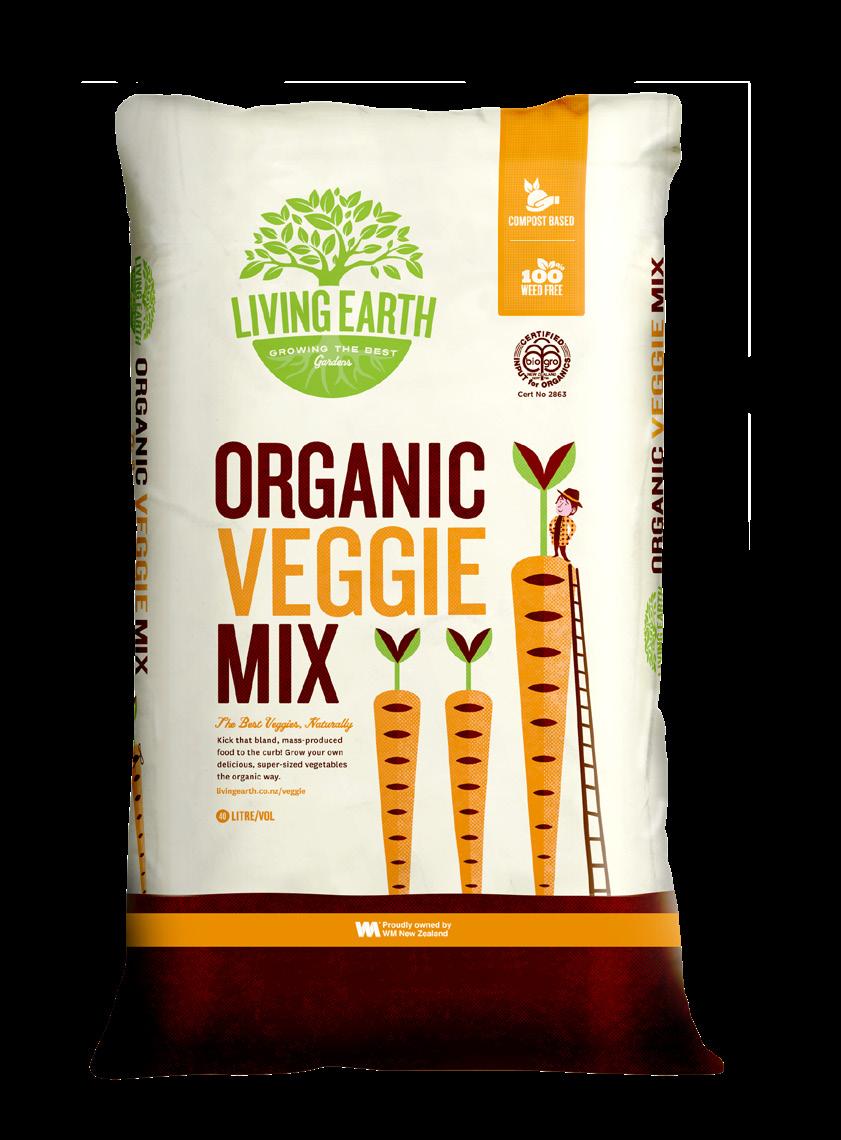
TURNING GREENWASTE INTO AMAZING RESULTS
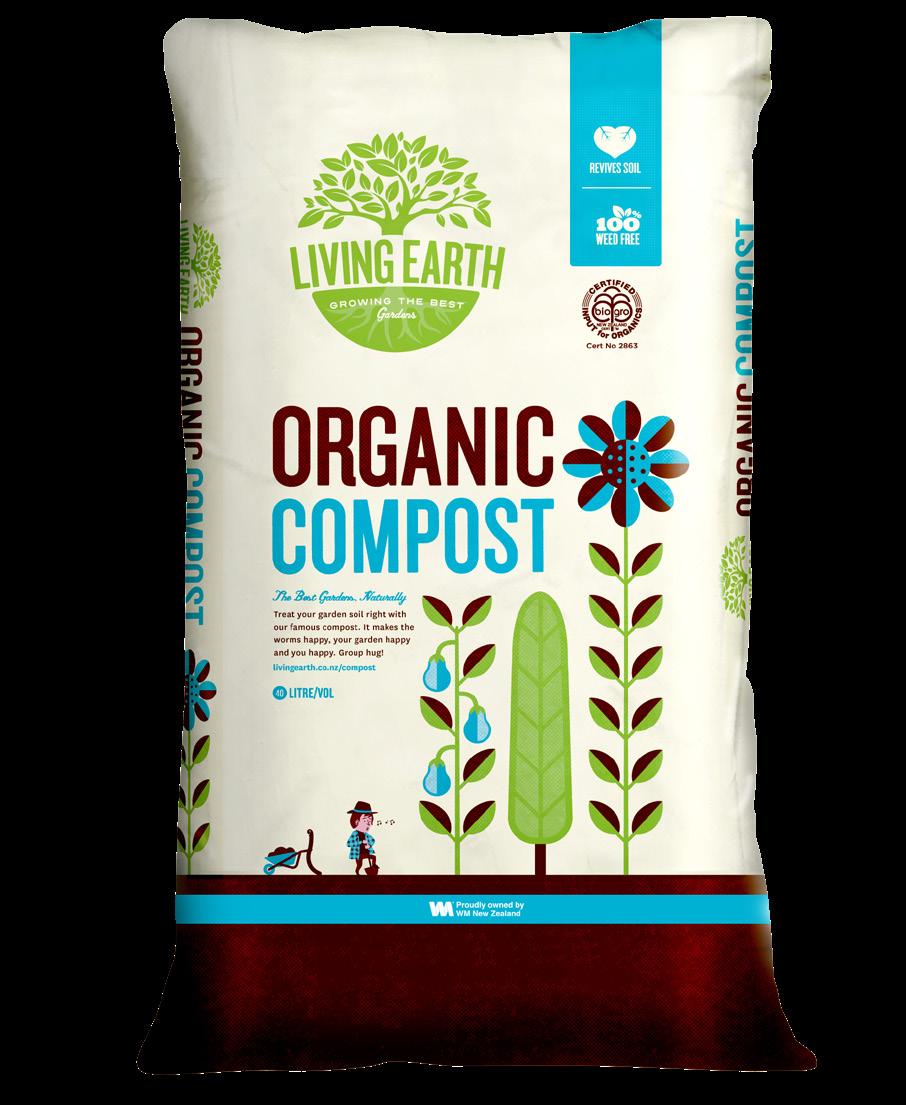
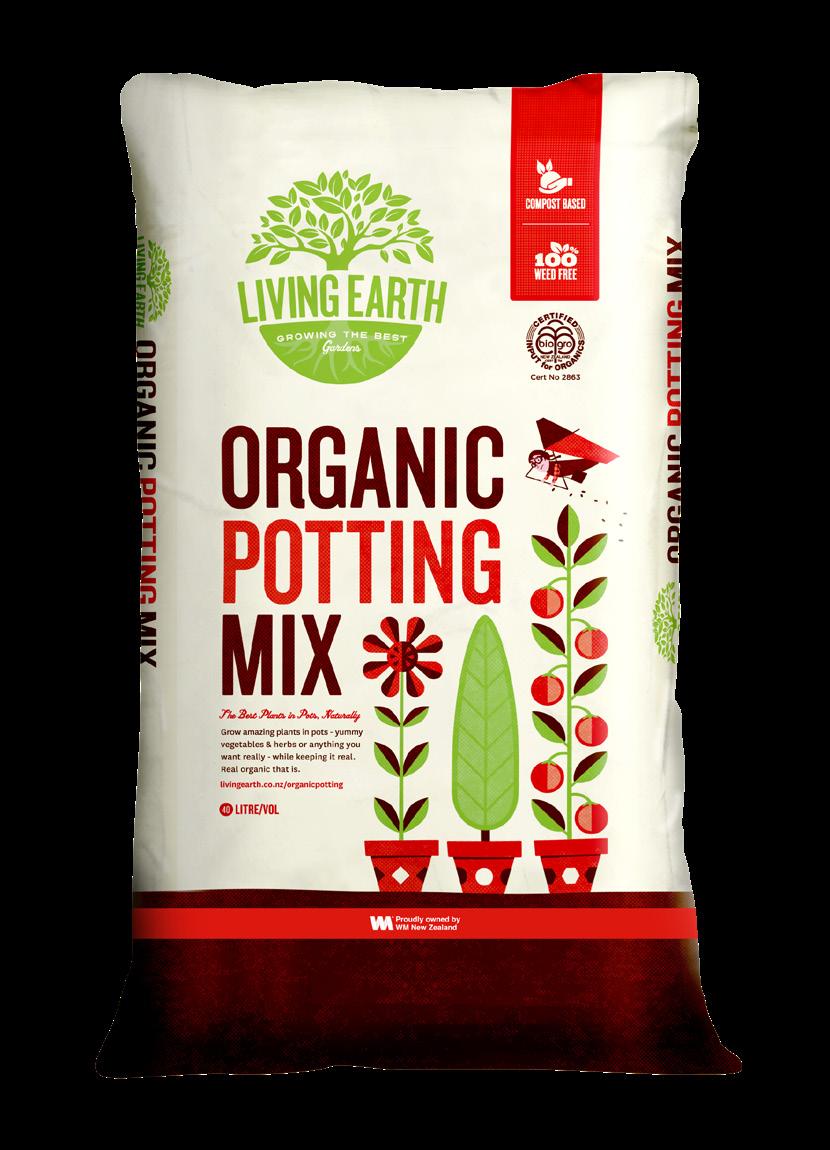
PROUDLY SUPPORTING THE
PROUDLY SUPPORTING THE
PROUDLY SUPPORTING THE
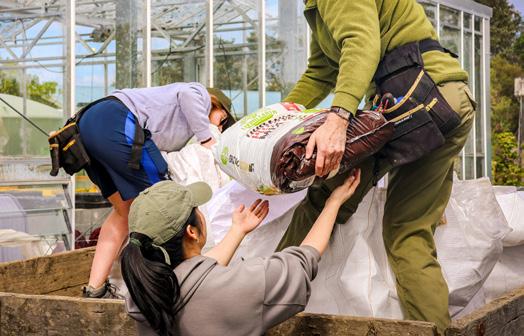


Half a million trees and counting
Half a million trees and counting
Half a million trees and counting
‘People often come into our nursery and say, Wow, what fabulous plants,’ crediting Living Earth for the results.
‘People often come into our nursery and say, Wow, what fabulous plants,’ crediting Living Earth for the results.
- Deputy Chair Bridget Winstone
‘People often come into our nursery and say, Wow, what fabulous plants,’ crediting Living Earth for the results.



Whether you’re starting a new lawn or maintaining an existing one, autumn is the perfect time to get started. The cooler autumn temperatures and intermittent rainfall will allow your lawn to get established before the cold of winter sets in. With a little planning and care, you’ll enjoy a beautiful lawn year-round.
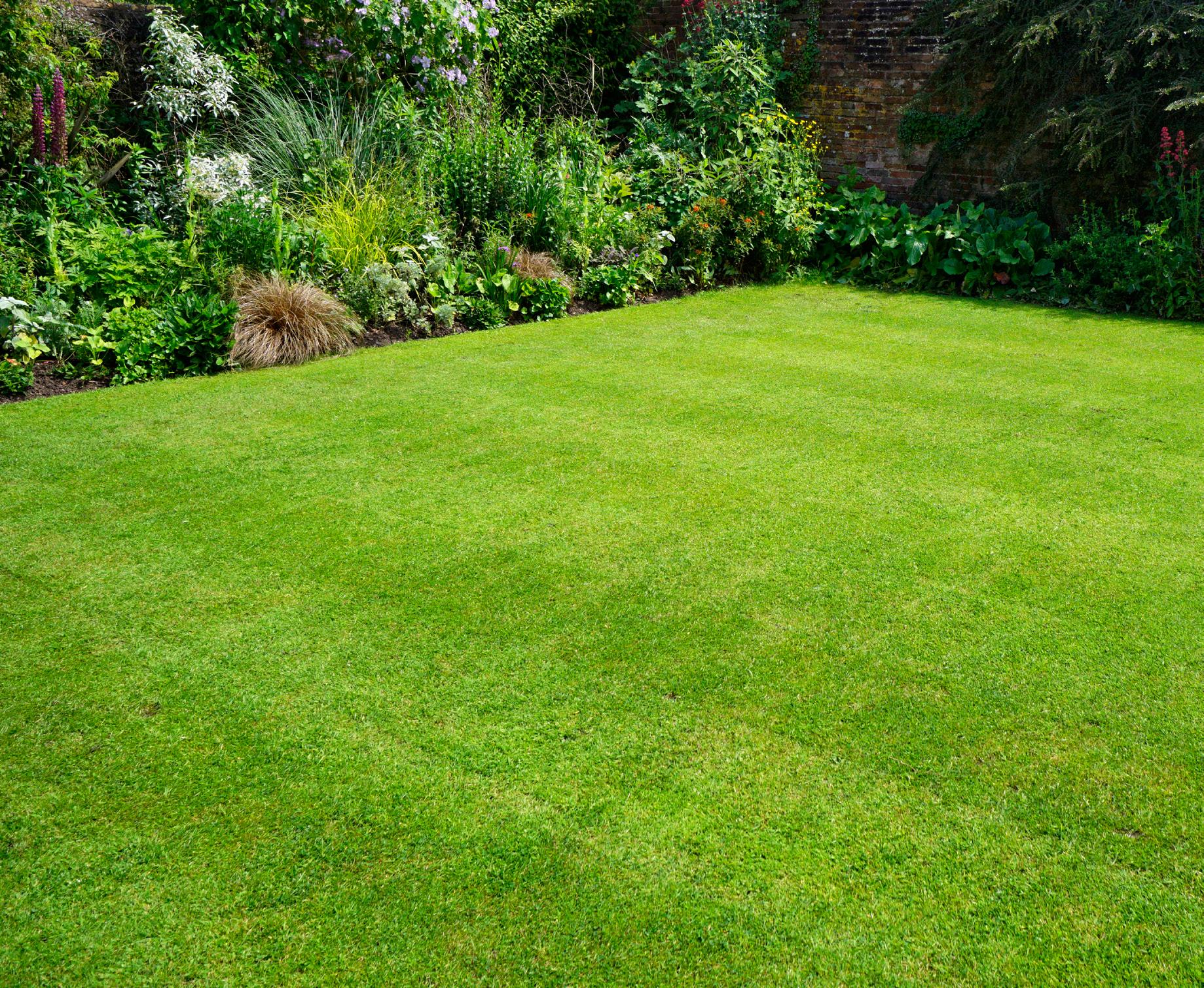
Starting a New Lawn
When starting a new lawn, preparing your garden is key. Smooth out any uneven spots, remove rocks and weeds, and break up any lumps of dirt. To give your lawn the best start, add a layer of Living Earth Lawn Mix before sowing seed.
Choosing the right lawn seed is essential. Consider the light
conditions in your lawn area and the type of soil you have. If you’re unsure which seed to choose, our expert team instore are available to help you select the best variety for your garden.
Now it’s time to sow! Read the packet instructions carefully, as each seed variety may require slightly different handling. For an even covering, divide your seed
into two portions. Spread one half moving from north to south, and the other half from east to west. Once the seed is sown, cover with a thin layer of Living Earth Lawn Mix or gently rake the area.
Once you’ve sown your new lawn, it’s important to focus on consistent watering to encourage strong root development. Lightly water the area frequently, ensuring the soil stays moist but not waterlogged. Once the grass has reached around 5cm in height, it’s time for the first mow. Only remove a small amount of grass for the first few cuts. After the first mow, feed your lawn with a fertiliser specifically designed for young grass, such as Tui
LawnForce New Lawns, and water thoroughly after application.
For established lawns, care requirements will depend on the weather. During warm, dry spells, water deeply once a week. In wet and humid conditions, reduce watering and monitor for fungal issues, spraying if needed. Always ensure your lawn is well-watered before fertilising or applying any sprays to prevent damage to the grass.
Fix bare spots in your lawn with a few simple steps. Remove weeds and loosen the soil with a fork. Add a thin layer of Living Earth Lawn Mix, then apply Burnet’s EzyStart Lawn Starter. Finally, sow seed over the prepared area and water well to promote germination.

Add a bird feeder near to your freshly sown lawn. This will stop birds from eating your lawn seed, as they’ll have an alternative snack to enjoy.
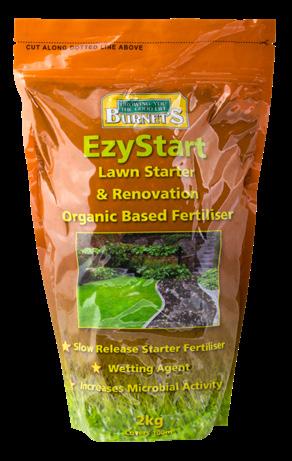
Boosts seed germination, root growth, and lawn recovery with slow-release nutrients, gypsum, and soil enhancers.
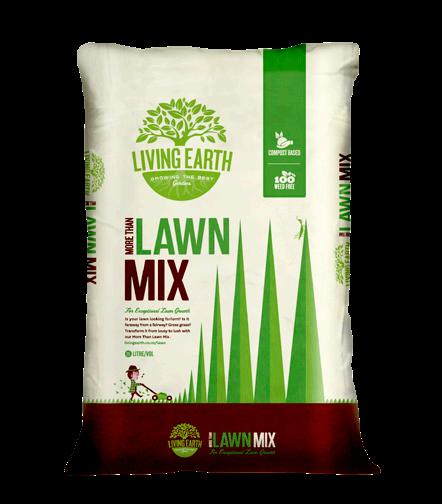
Crafted with everything you need for successful lawns. Great for sowing into, and sprinkling on bare spots.
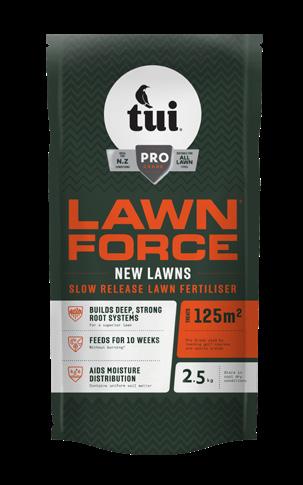
Provides up to three months of slow-release nutrients for strong, healthy lawn establishment and growth.
Here in Aotearoa, we have so many unique native birds. Planting native trees and shrubs will help to attract these beautiful birds to your garden, providing them with food, shelter, and habitat. Plus, autumn is the best time to get started!

Hebe
With vibrant blooms in a range of stunning colours, hebes attract many of our native birds. They provide food in the form of flowers and insects, attracting bellbirds, fantails, and silvereyes to your garden. These lowmaintenance plants thrive in a variety of conditions, making them a great addition to any garden.
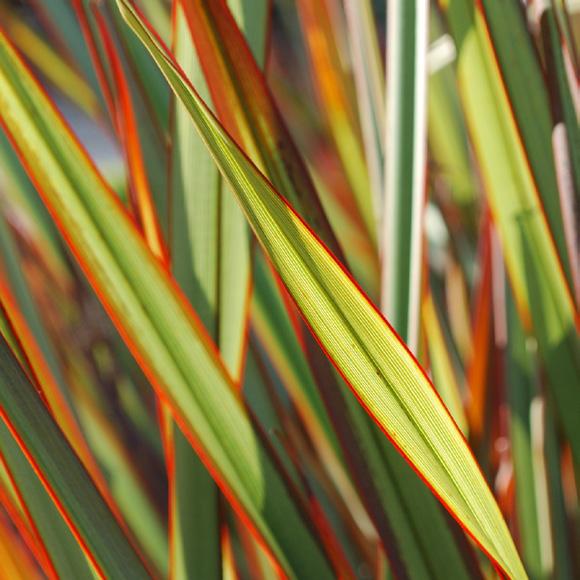
Phormium
Also known as NZ flax, phormium are clumping evergreen plants with arching, scrappy foliage and long flower stalks. Filled with nectar, tūis are often found feeding on the flowers. They’re hardy and adaptable, perfect for adding texture and height to your garden.

Kowhai
This iconic native is a must-have for bird lovers. Kowhai’s vibrant yellow flowers are rich in nectar, attracting kererū, tūis, and waxeyes. Kowhai trees are relatively easy to grow and will reward you with their colourful blooms year after year.
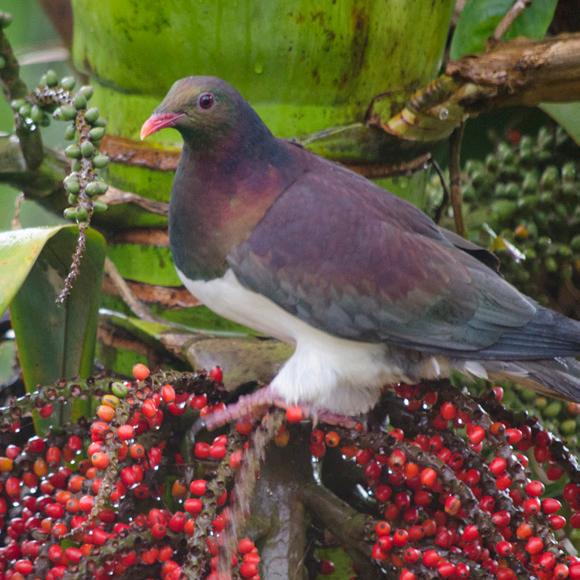
Nikau
The nikau palm is the only palm species native to New Zealand. Its lush green foliage and impressive height, which can eventually reach 10 metres, make it a striking addition to any garden. Kererū love to feast on the nikau’s fruit, making it a valuable food source for these native birds.
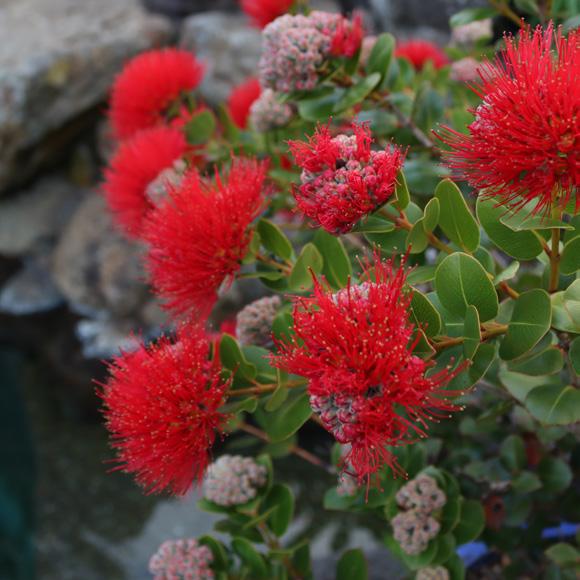
Metrosideros
Metrosideros, also known as the Pohutukawa or New Zealand Christmas Tree, is loved by both tūis and bellbirds. With its vibrant crimson flowers, and glossy green foliage, this iconic tree makes a striking focal point for the garden.
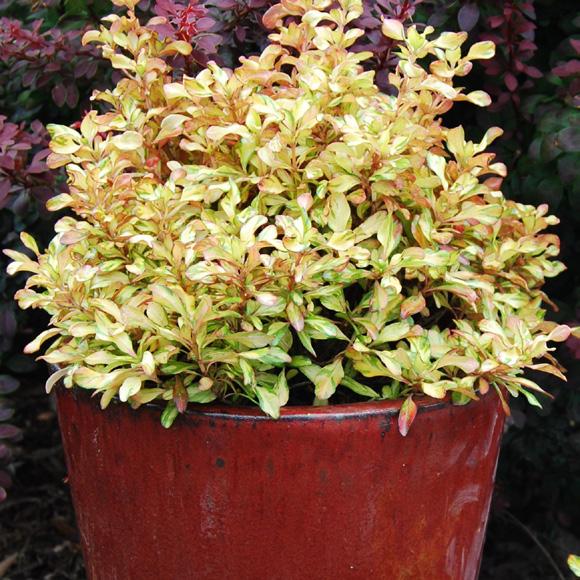
Coprosma Coprosmas offer food in the form of berries, flowers, and insects, making them a year-round source of sustenance. With vibrant foliage and unique texture, coprosmas add character and colour to your garden.



Email a photo of your finished autumn lantern to scoop@kings.co.nz before 31st May 2025 and go in the draw to win a $50 Little Growers prize pack!*
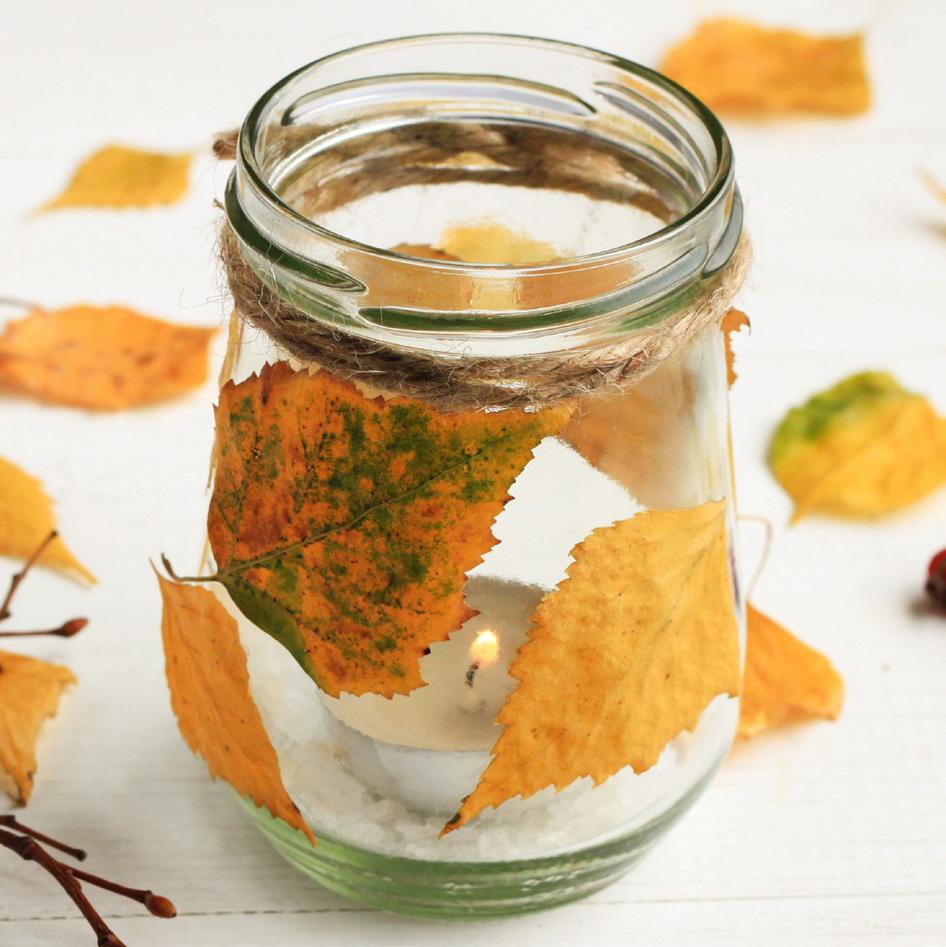
1 2 3 4 MAKE
Materials Needed:
• Clean mason jar
• PVA glue
• Sponge or brush
• Dried autumn leaves
• Tea light candle

Choose the leaves you want to use for your lantern.
Apply glue on the jar where you want to put the leaves.
Carefully stick the leaves to the jar, ensuring all parts of the leaf are attached.
Add a candle to the jar, allowing the glue to dry before an adult helps light the candle.
Indoor plants are a fantastic way to add life and style to your home. If you’re new to houseplants, start with easy-care varieties that grow well with minimal effort. In this guide, we’ll share styling ideas to elevate your indoor spaces, essential care tips for autumn and exciting new houseplant releases for your collection!

Choosing the right plant for your space is the first step in your indoor plant journey. Consider the space you have availablewhat kind of light does it receive, and how often will you be able to water your plants? With this in mind, here are our top easy-care houseplant recommendations.
Zamioculcas Zanzibar
Commonly known as the ZZ Plant, Zamioculcas are popular for their long, glossy leaves that add visual interest to any space. They grow well in dim to bright natural light, and require minimal watering. Said to thrive when neglected, ZZ plants are perfect for both beginner and experienced houseplant enthusiasts.
Sansevieria
Also known as the Snake Plant, Sansevieria is one of the hardiest houseplants available. Its striking, upright foliage comes in a variety of sizes, patterns, and colours, adding a unique vibe to your home. Requiring minimal water
and thriving in low to bright light, it’s an ideal option for beginners or anyone seeking a low-maintenance addition.
Dracaena
Dracaenas are a versatile and diverse group of plants, known for their elegant canes topped with palm-like foliage. Perfect for adding sophistication to your space, they thrive in dimly lit areas, require little watering and minimal maintenance.
Hoya
If you’re looking for an easy-care, flowering indoor plant then hoyas make an excellent choice. With thick, glossy leaves and fragrant, star-shaped flowers, these vining plants grow well in warm rooms, or outside in hanging pots. Hoyas require far less watering than most houseplants, making them ideal for beginners or those with a busy schedule.
Monstera
Add a statement plant to your home with easy-care monstera. With its large lush, tropical dark green leaves, monstera will add a touch of the tropics to your indoor, office or living space. Monstera grow well in medium to bright indirect light and only requires occasional watering.
Ficus Elastica
Also known as the Rubber Plant, Ficus Elastica boasts bold, glossy foliage and is a stunning addition to any indoor space. This low-maintenance plant thrives in bright indirect light and needs watering only when the soil feels dry, making it easy-care for beginners.
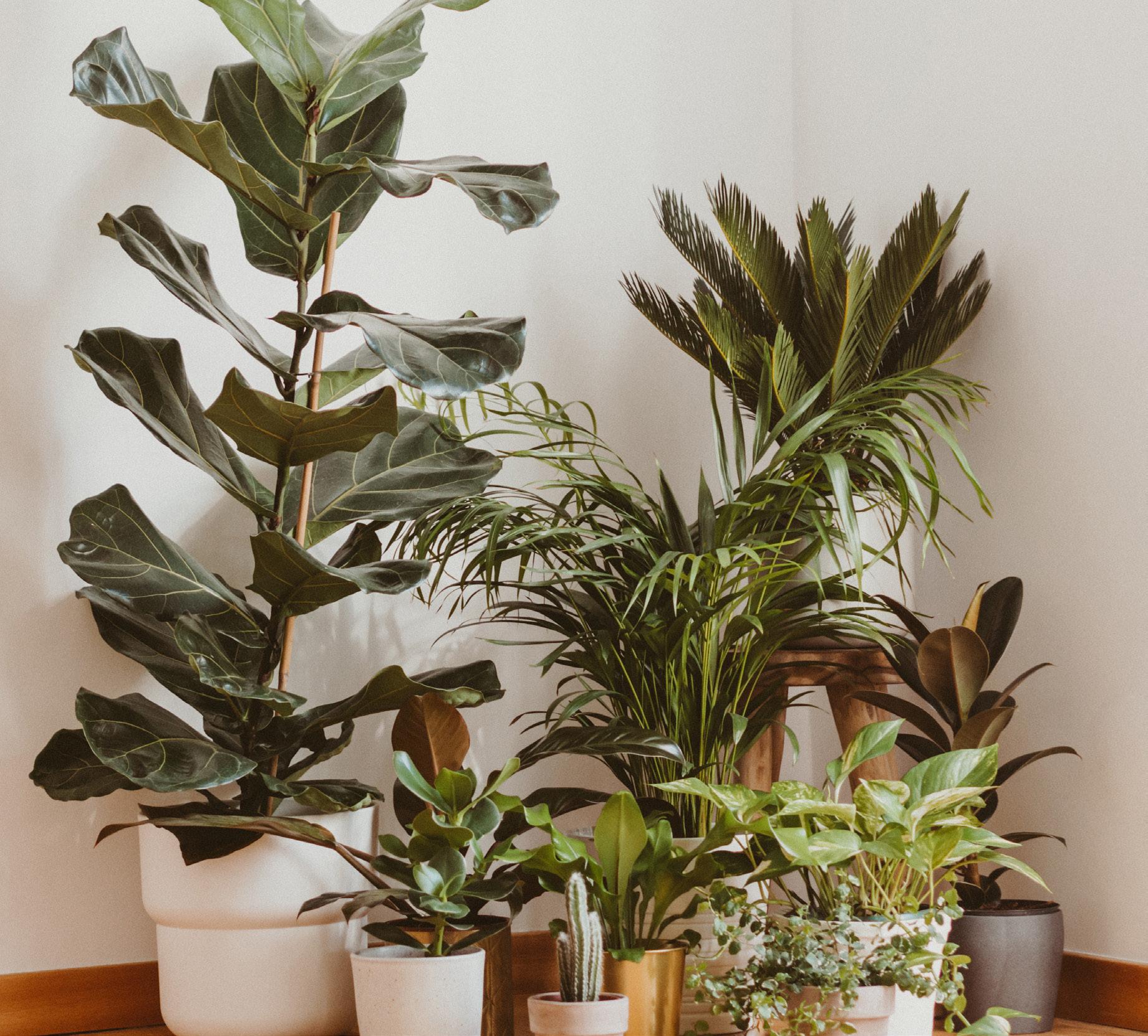
Styling your new houseplants can feel daunting, but there’s plenty of inspiration to help you get started. Statement plants like Monstera or Ficus Elastica work well in empty corners or as focal points in a room, while trailing plants such as pothos or tradescantia look stunning on high shelves or bookcases. Smaller plants like succulents or ferns are perfect for coffee tables, desks, or windowsills. Odd-numbered groupings add a balanced, curated touch to any space.
To embrace the cosy autumn season, choose warm, earthy
tones for your pots and accent with cushions, throws, and décor in complementary colours. Incorporate natural textures like woven baskets or terracotta pots for a timeless, rustic look. For a truly autumn vibe, add fairy lights and candles to create soft, warm lighting that enhances the atmosphere.
Autumn Care Tips
As autumn sets in, light levels start to decrease, so your indoor plants may need to find new homes for the cooler months. Plants that prefer bright light, such as monstera and hoya, may need to be moved closer to windows for the cooler seasons.
Watch for plants reaching towards the light and rotate them by a quarter turn each week to encourage even growth.
With cooler temperatures, your houseplants won’t need as much food or water. Allow the soil to dry out before watering plants such as peace lilies, monstera, and ficus. However, moisture-loving plants like ferns, fittonias, and carnivorous plants will still need regular watering to grow well. Many indoor plants are dormant during the cooler months, so give them a break from fertilising until the spring growing season.
We’re so excited to share some of the new releases arriving in stores this autumn!
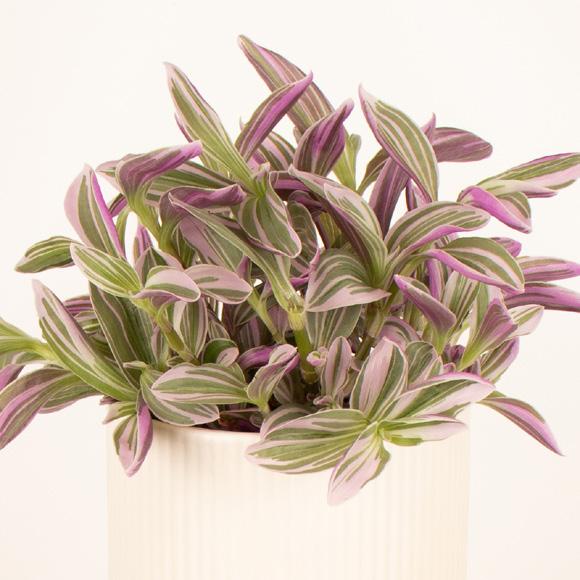
Tradescantia Sweetness
With soft green foliage tinted with lilac, Tradescantia Sweetness will add a unique vibe to your indoor space. Easy to care for, they thrive in bright, indirect light and grows with a tight, compact habit.

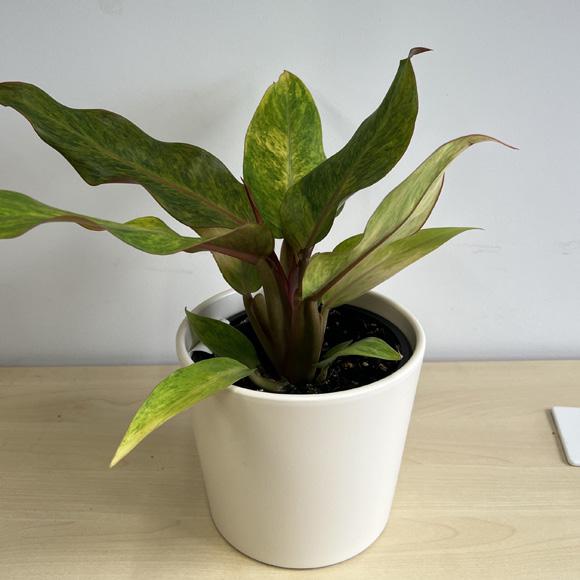
Philodendron Orange
Marmalade
An eye catching indoor plant with glossy orange and yellow leaves that deepen in colour over time. Easy to care for and perfect for beginners, it thrives in bright, indirect light, bringing a vibrant touch to any space.

Streptocarpus 'Ladyslippers'
With beautiful blooms in a range of vibrant colours, the Streptocarpus ‘Ladyslippers’ range have just arrived in New Zealand. This captivating indoor plant is popular for its long-lasting blooms and textured, deep green foliage.


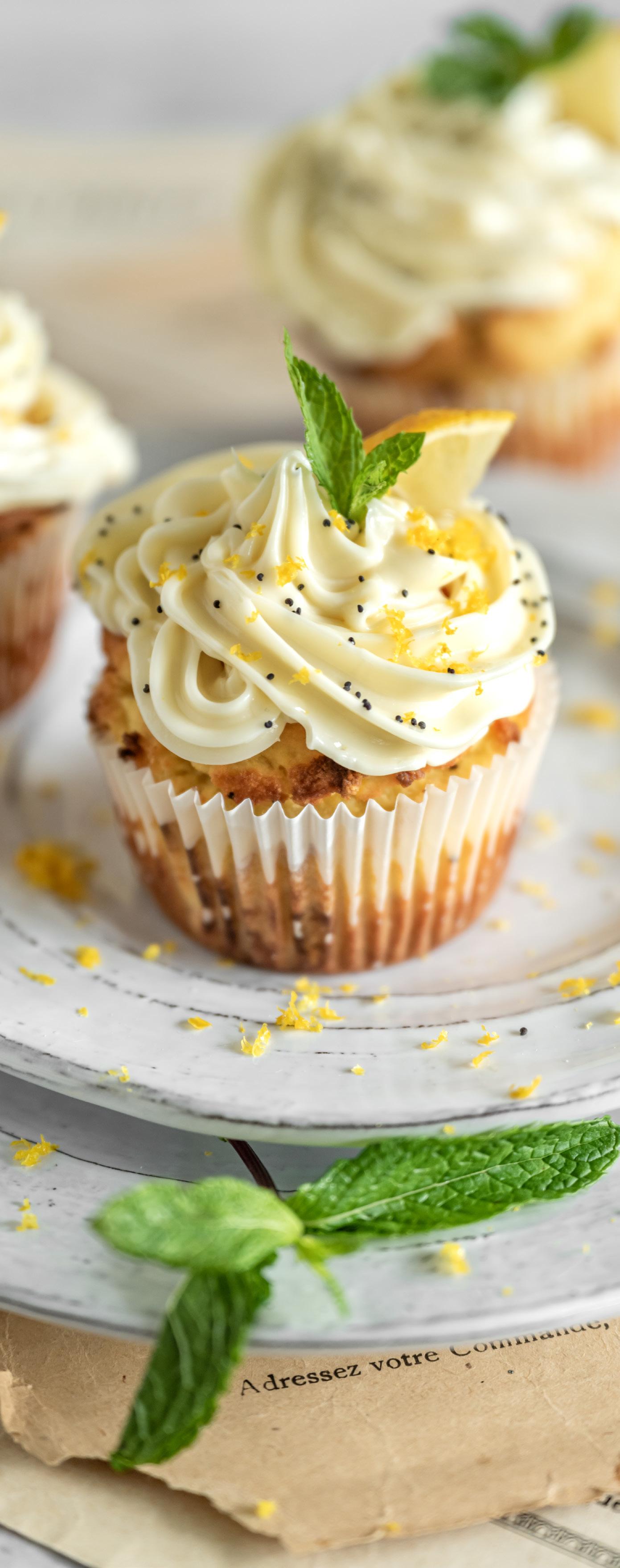
Treat yourself to bakery-quality muffins with a light, fluffy texture and a delightful crunch from the poppy seeds. Every bite is a perfect balance of citrusy zing and crunch. These muffins will have your friends and family asking for the recipe in no time!
∙ 2 cups self raising flour
∙ 1 cup white sugar
∙ 1/2 cup poppy seeds
∙ Finely grated rind of 2 lemons
∙ 100g butter
∙ 2 large eggs
∙ 1 cup milk
∙ 225g cream cheese (softened)
∙ 1/4 cup unsalted butter (softened)
∙ 2 cups powdered sugar
∙ 1 tbsp lemon juice
∙ Zest of 1 lemon
Method
Let’s fill your kitchen with a bakery aroma! Preheat the oven to 200°C and prep your muffin tray.
In a large bowl, combine flour, sugar, and poppy seeds. Then grate in the lemon rind.
In another bowl, beat together your milk and eggs. Then, melt your butter and add it into the milk and egg combo. Keep beating with a fork to make sure it’s all smooth and combined.
Now it’s time to bring both the wet and dry ingredients together. Gently fold the wet mixture into the dry ingredients until just combined—don’t overmix!
Spoon the batter into your muffin tray, then pop them in the oven to bake for 10-15 minutes.
Now it’s time to prep the irresistible topping. Start by beating the softened cream cheese and butter until smooth. Add lemon juice and zest, then mix until combined. Gradually add powdered sugar, beating until fluffy.
Once the muffins have cooled on a wire rack, spread or pipe the icing over them. The perfect balance of tangy, sweet, and buttery—enjoy!



Pin me to the wall!
With March comes the arrival of autumn. This month, your garden is still basking in the late-season sunshine, and fruits are at their juiciest. It’s a transitional time, full of opportunities to tend to your garden and get it ready for the cooler months to come.
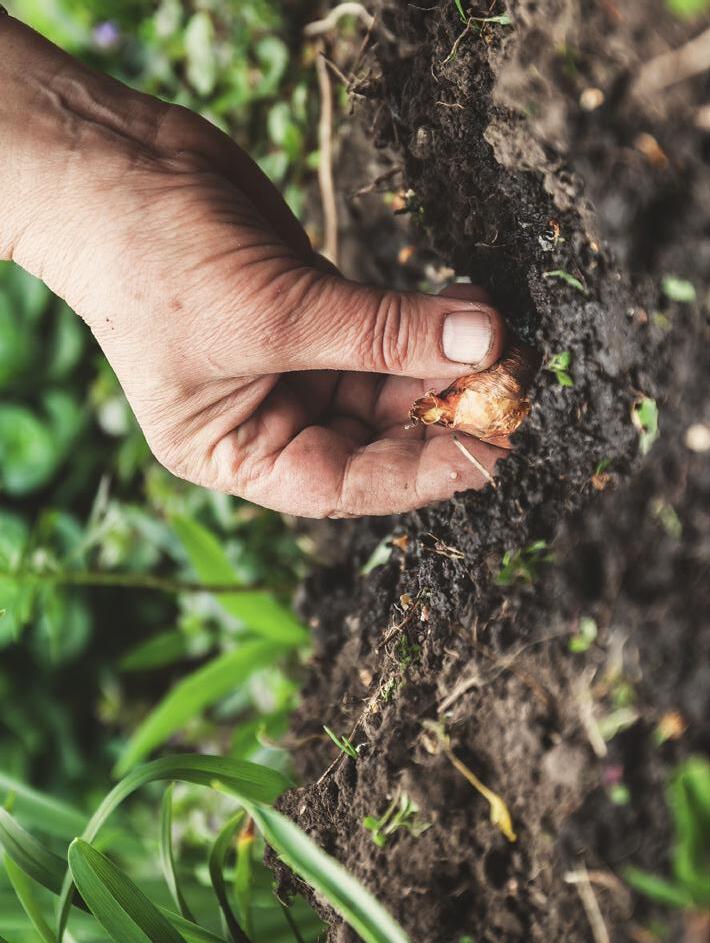
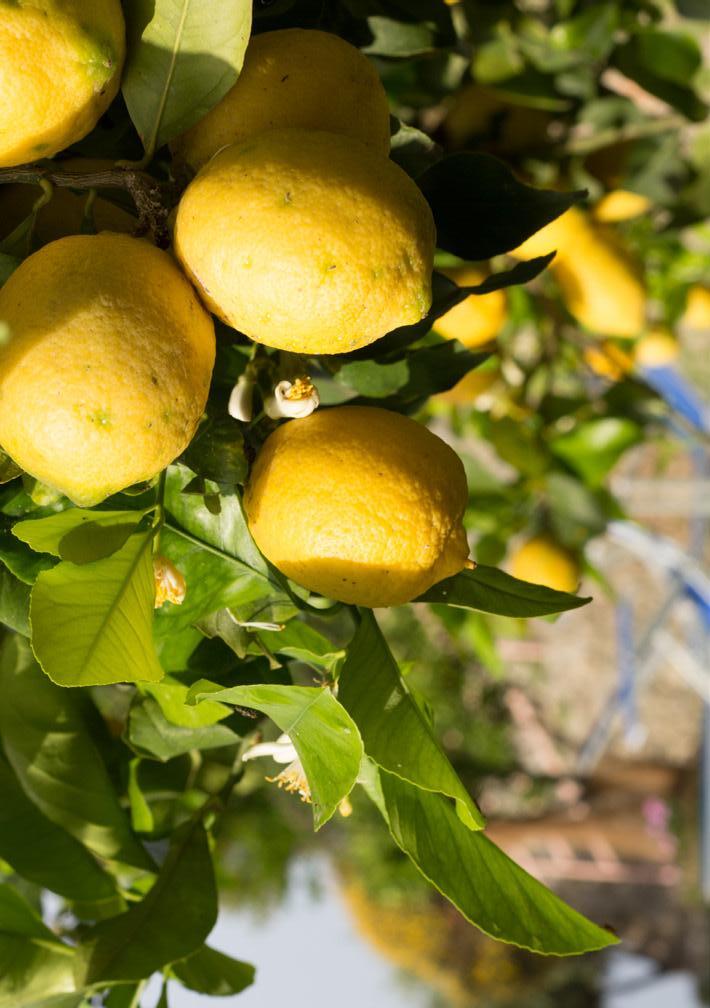
Refresh pots or containers that are starting to look dull by planting bright annuals like salvias, marigolds, petunias, violas, and alyssum. Prune back any perennials that are fading, and replace them with new-season options like chrysanthemums, asters, and mini cyclamen. Now is the ideal time to plant spring bulbs. We have a wide selection in-store, including freesias, ranunculus, anemone, and daffodils. Don’t forget to feed with Kings Slow Release Bulb Food when planting. Stay on top of deadheading any fading blooms and provide extra nutrients with Kings Fast Food.
Fruit
This month is your final chance to enjoy the harvest of your pip and stone fruits. After your passionfruit vine finishes fruiting, prune it back and feed it with Kings Citrus & Fruit Tree Fertiliser, watered into the soil. Spray the vine with Aquaticus Bugtrol to tackle any signs of passionvine hopper or mealy bug. This month, give your citrus trees some extra attention. Feed them with Kings Citrus & Fruit Tree Fertiliser for a nutrient boost, and spray with Grosafe FreeFlo Copper to protect against scale and verrucosis. Boost your feijoa crop yield and extend the harvest season by planting two different varieties that fruit at staggered times.
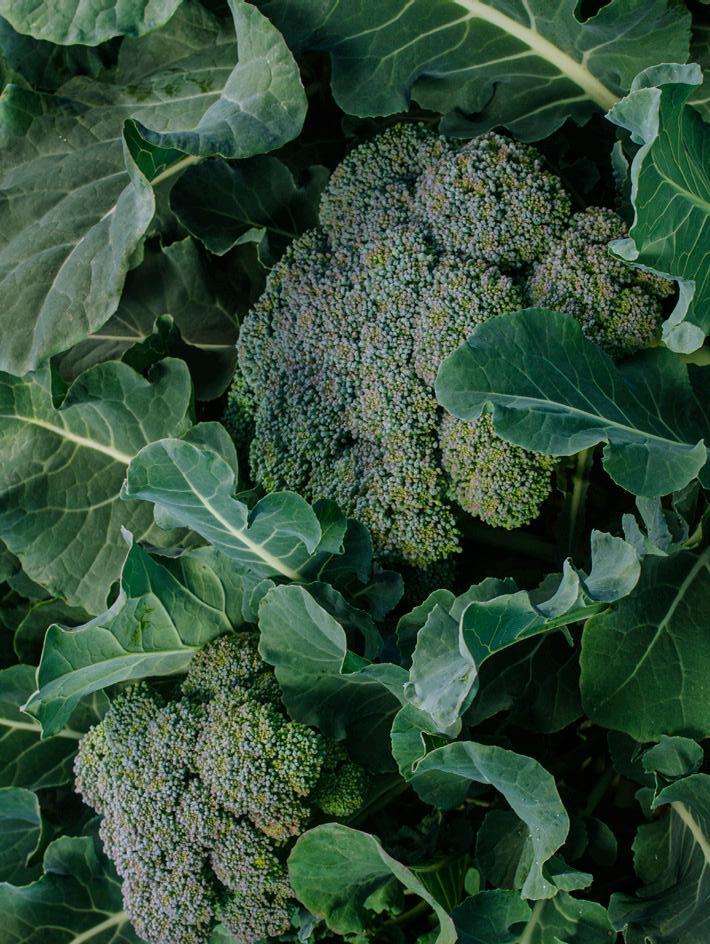
Veggies
Prepare your veggie beds for the upcoming season by turning over the soil and incorporating Kings Compost and Kings Sheep Pellets. Now is the time to plant your winter veggies like beetroot, parsnip, broccoli, and carrots! Stagger your planting for a consistent harvest throughout winter. Start with some now, and plant the rest throughout the season. Sow seeds for leeks, spinach, silverbeet, broccoli, cauliflower, and brussels sprouts. When they have at least two sets of leaves, they’re ready to be transplanted into the garden. If you're taking a break from veggie planting, boost your soil’s nutrients for next season by planting lupins, mustard, or oats as green manure.
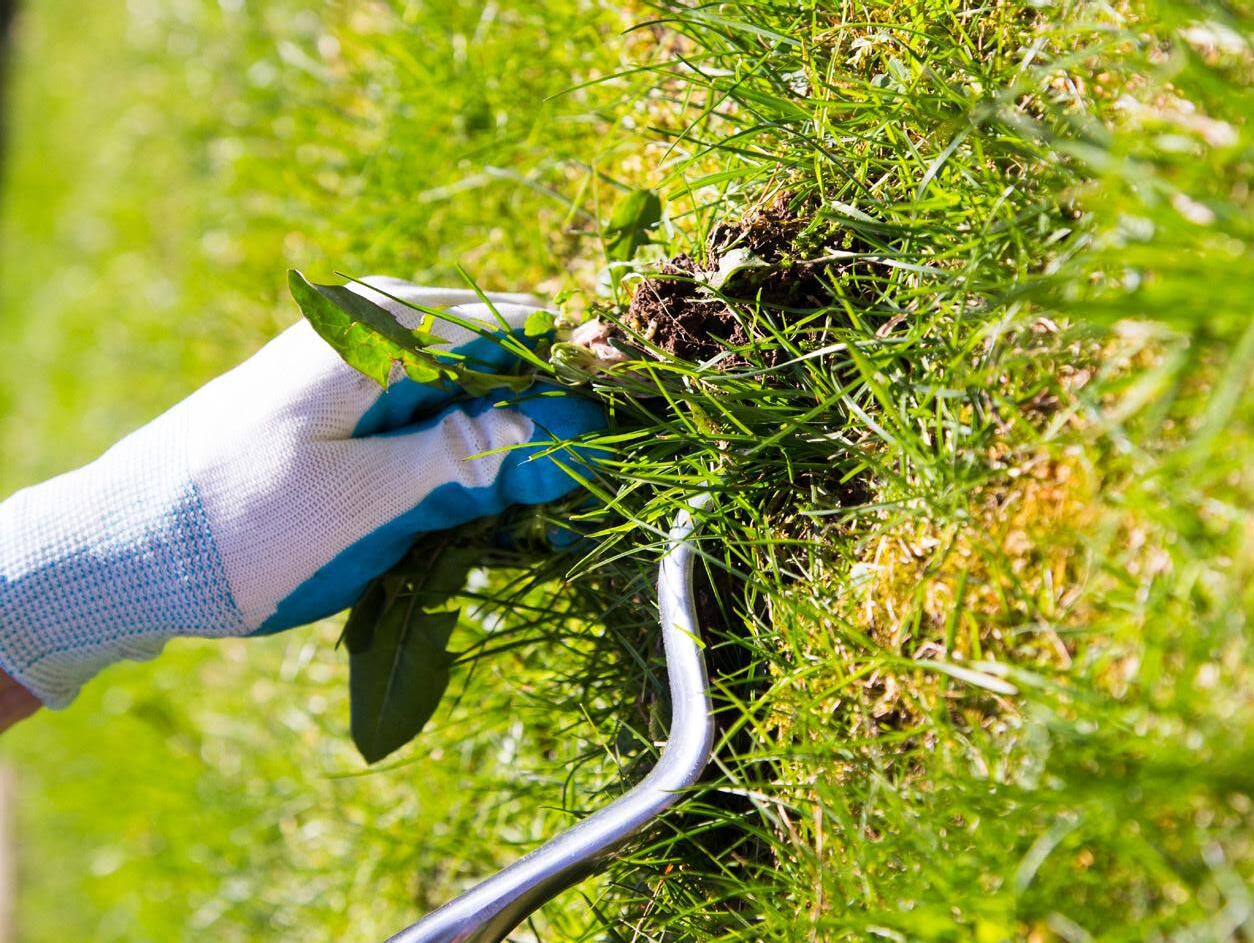
Indoor Plants
Keep your houseplants growing well with a seasonal liquid feed of Kings House Plant Food. Repot any remaining indoor plants before the temperatures drop.
General Tasks
Add a layer of mulch around your hedges and shrubs to help keep those pesky weeds in check. Keep an eye on your plants, early detection is key to preventing any unwanted pests or diseases.
Trees And Shrubs Plant hedges now to help them establish before next year. Some of our favourites are ficus tuffi, griselinias, and corokias. Boost the nutrients in your soil by gently digging in any leftover summer mulch around the base of trees and shrubs. Lawns Get your lawn ready for sowing by raking up leaves to create a smooth, even surface for your new seed. Use a weed killer like Yates Zero Triple Strike to eliminate weeds, but wait at least three weeks before sowing new seed after application. Inspect your lawn for any bare spots and fill them in with a Burnet’s Lawnseed Patch Pack. For newly sown lawns, water daily until the grass seed has germinated.
Grow well with
Kings Compost Mix into your original garden soil for organic nutrients, as well as helping to improve drainage.

Kings Slow Release Bulb Food Fertilises plants for up to three months. It is specially formulated with an emphasis on flower and bulb development.

Aquaticus Bugtrol Organic protection against common garden pests and fungal disease. Safe for edibles and ornamentals.

Pin me to the wall!
April’s warm days offer the perfect chance to get outside and prepare your garden for the changing seasons. Use this time to refresh your garden beds, tidy up your outdoor space, and prepare for the colder months.

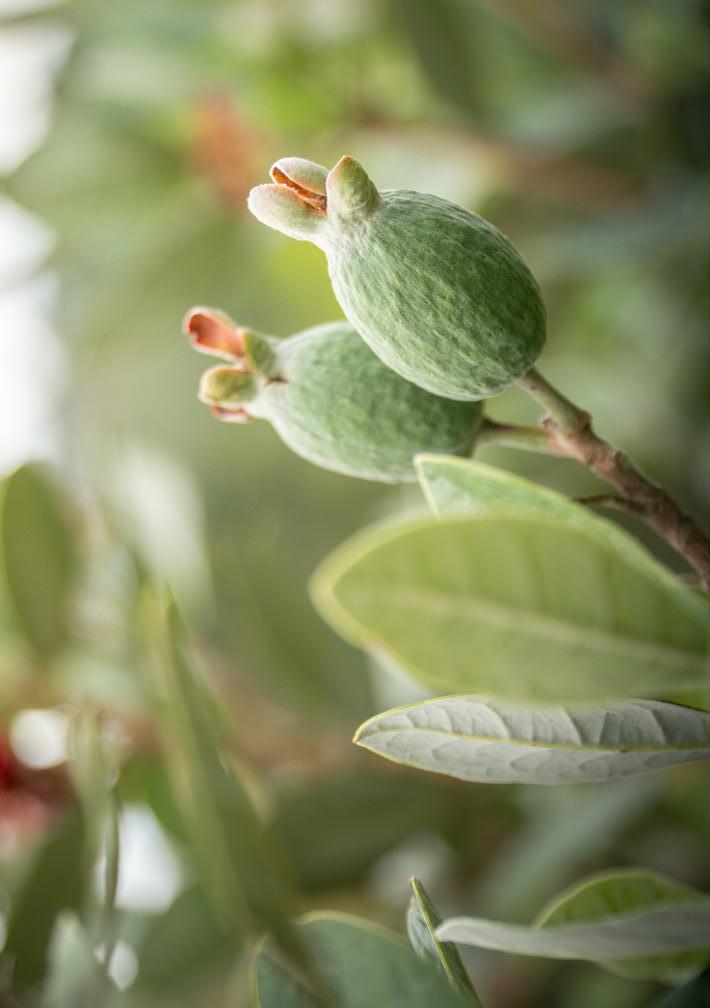
Flowers And Perennials
Add vibrant colour to your autumn garden with flowers like calendula, alyssum, poppies, viola, and pansies. They look fantastic in pots and hanging baskets. After chilling your tulip and hyacinth bulbs for 4 to 6 weeks, they’re ready to be planted. Deadhead your roses once they’ve finished blooming. Replace any spent annuals with autumn and winter varieties, available in our potted colour and seedling ranges.

Fruit
Figs are arriving in-store this month! They thrive in both pots and the ground, but make sure to stay on top of watering to keep your fruit healthy and delicious. Give your fruit trees a nutrient boost with Kings Citrus & Fruit Tree Fertiliser. As your feijoas begin to ripen, start harvesting. Remove any fruit affected by guava moth, but be sure not to compost these.
Veggies
Begin planting your winter veggie garden now with leek, spring onion, lettuce, cauliflower, broccoli, spinach, and bean seedlings for a tasty winter harvest. Collect heirloom seeds and dry them on a sunny windowsill. Be sure to label them properly with their variety and date so you don’t forget! If your veggie beds are still producing, dig in a mix of Kings Compost and Kings Sheep Pellets to give them a nutrient boost.
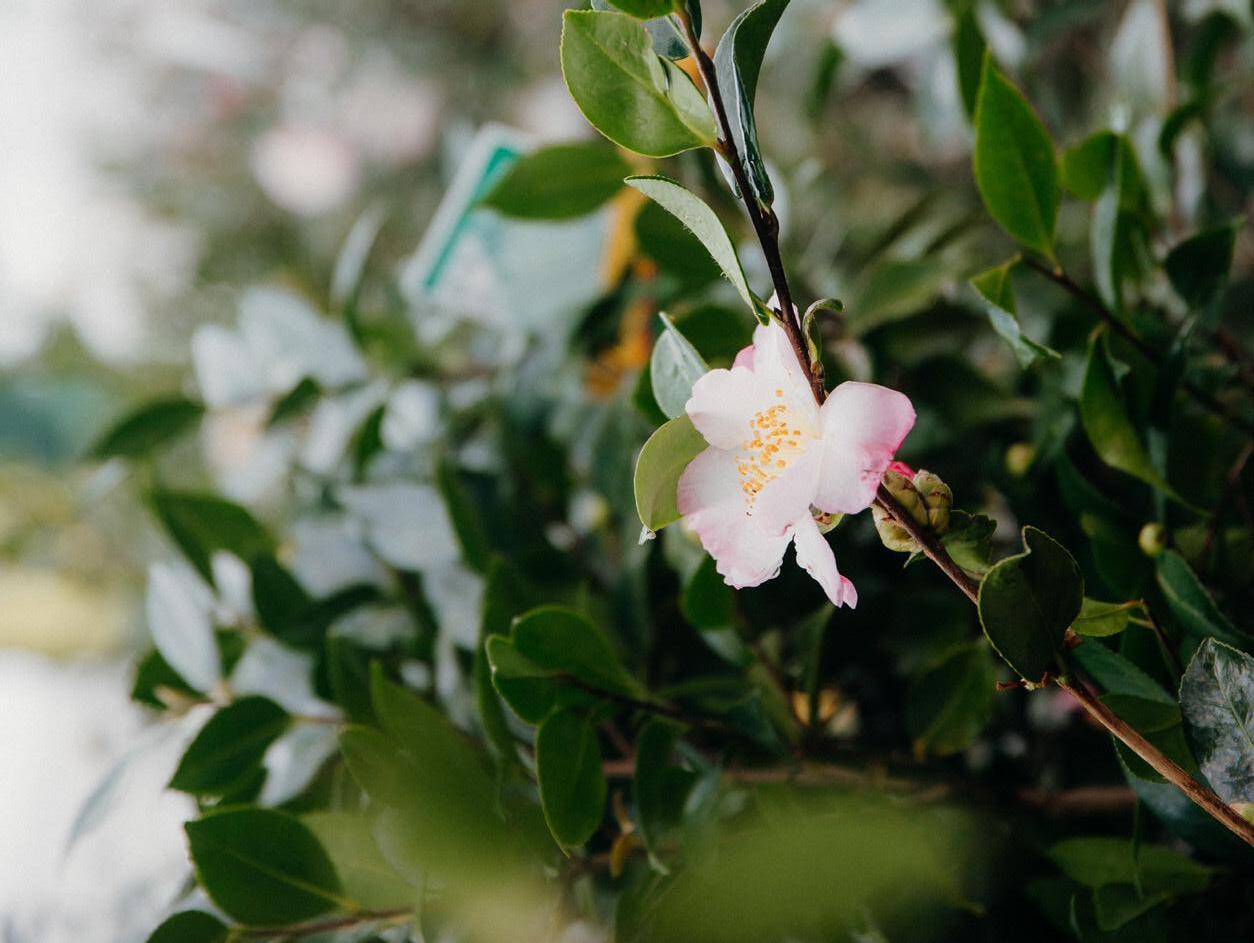
Indoor Plants
This is your final chance to take cuttings for propagation, as they’re less likely to survive once the cooler weather arrives. As the weather cools, your indoor plants will require less water. Be sure to adjust their watering schedule accordingly.
Trees And Shrubs
General Tasks
New season camellias are instore and ready for planting. They thrive in full sun to part shade, depending on the variety. Feed with Kings Azalea, Camellia, and Rhododendron Fertiliser to keep them healthy and happy. Plant hedges while the soil is still workable. For medium to large hedging, consider ficus tuffi, griselinia, and pittosporum, and for a smaller, wellmaintained hedge, opt for corokia and buxus.
After plenty of use over the summer, now’s the perfect time to give your bird bath a good clean. If you have flax or cabbage trees, remove any dead or damaged leaves to prevent them from getting caught in the lawn mower.
Lawns
Tackle weeds in established lawns with Yates Weed ‘n Feed. After applying, wait at least three weeks before sowing any new lawn seed. Apply an even layer of Kings Lawn Fertiliser to your existing lawn and water it in thoroughly. As the days get shorter, start reducing the frequency of mowing.
Kings Sheep Pellets
A great organic fertiliser for all of your plants, trees and shrubs, helping to improve soil structure.

Kings Citrus Food Improves taste, colour and size of citrus and fruit trees, while also promoting growth and healthy foliage.
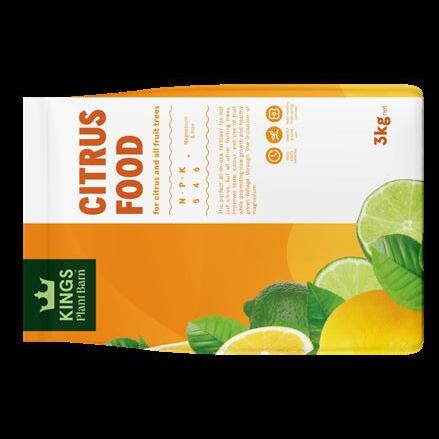
Yates Weed 'n' Feed Yates Weed 'n' Feed provides selective control of most broadleaf weeds in lawns with added fertiliser for healthy green lawns.

Grow well with
Pin me to the wall!
As the cooler weather starts to set in, May offers the perfect chance to complete those final autumn tasks and get your garden ready for winter. While the temperatures may be dropping, the garden is still alive with vibrant colour.
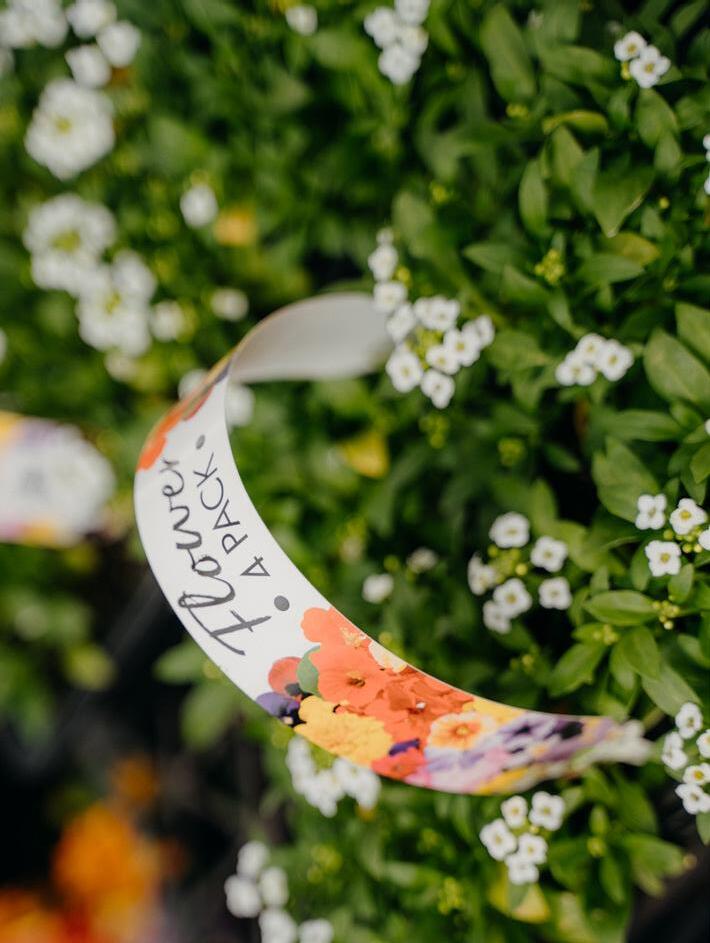

Flowers And Perennials
Add some vibrant potted colour to your garden beds with plants like white alyssum, calendula,pansies, stock, primula, polyanthus, viola, and sweet peas. Bring some brightness to your winter garden with cyclamen. These tough perennials thrive in shady spots, whether in pots or directly in the ground. Plant hellebores under trees for long-lasting, sweet blooms year after year. Plant spring bulbs in well-draining soil—whether in pots or straight in the garden, they’ll look stunning. Swap out any faded flowers in your hanging baskets for seasonal colour, and feed them monthly with Kings General Garden Food.
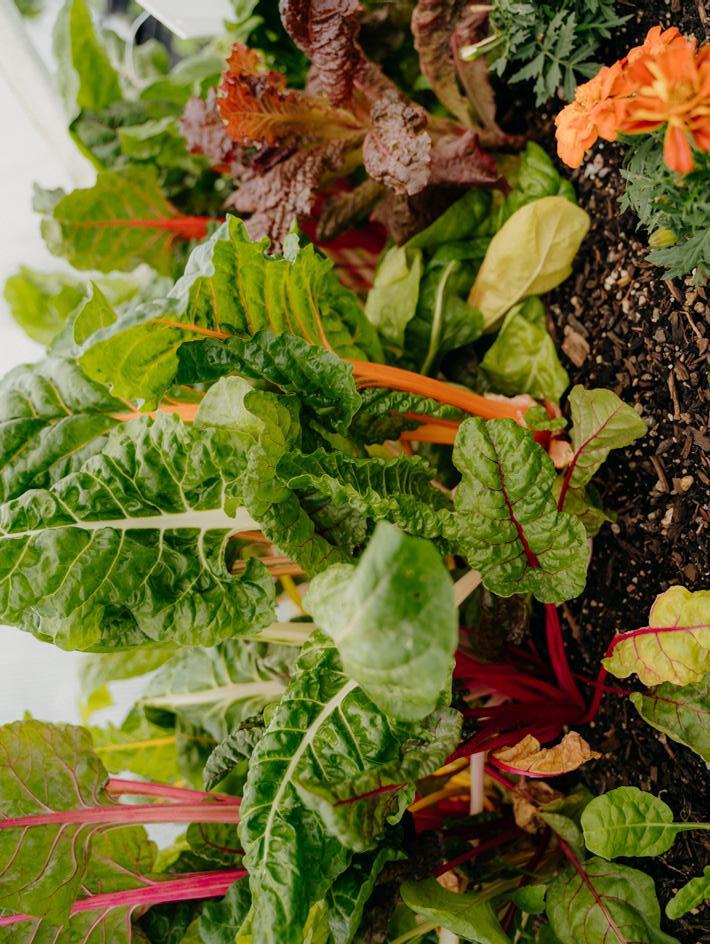
Fruit
This month, plant out feijoas and citrus trees. Get your strawberry beds ready for new plants that will arrive in winter. Once your grapevines have shed all their leaves, it's time for a good prune. Start planning your urban orchard, deciduous fruit trees will be hitting stores by mid-June. Think about which varieties you'd like to try, but be sure to leave at least 4 metres of space between each tree.
Veggies
It's time to plant your winter veggie seedlings— broccoli, cauliflower, silverbeet, spinach, and cabbage. Make sure to cover them with frost cloth to keep them safe from the cold. Choose a sunny winter spot to plant your garlic and shallot bulbs. Trim back any spindly herbs. If your parsley has gone to seed or bolted, swap it out for a new plant. Keep the weeds in check around your seedlings to help them thrive. Use bug netting or Tui Quash to guard them from slugs and snails.
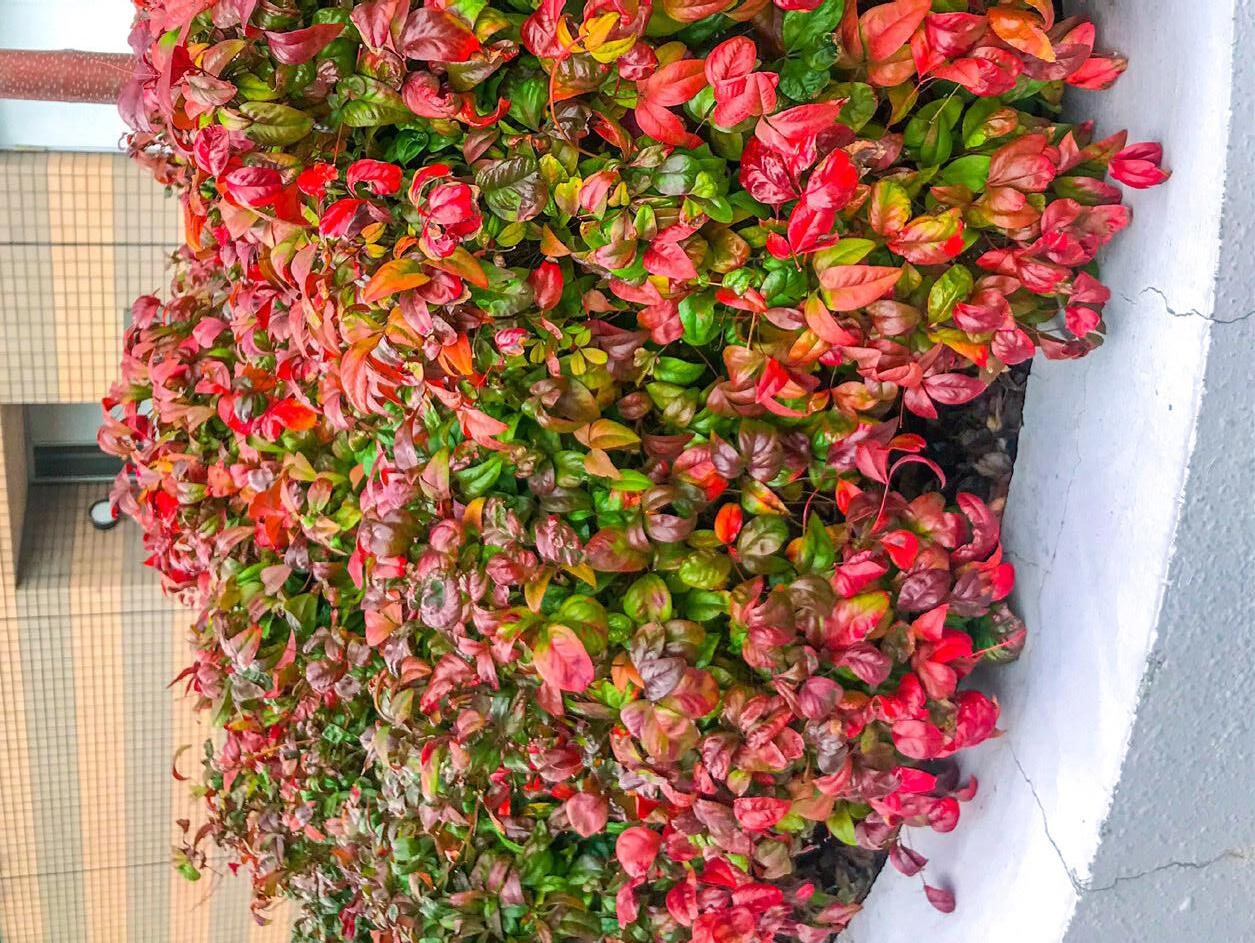
Indoor Plants
As temperatures cool down, cut back on watering your houseplants. Plan ahead for the shorter winter days by finding the best spots for your indoor plants to get the right light.
As the weather cools, pests like aphids, mealy bugs, and scale can make an appearance. Keep an eye out for any signs of these pests and act fast if you spot them. A regular spray with Groventive will help prevent an infestation.
General Tasks
With cold temperatures approaching, move your frostsensitive plants to a sheltered spot and cover larger plants with frost cloth for protection.
Trees And Shrubs
Add native and drought-tolerant plants to the overlooked spots in your garden. Mix Kings Compost and Kings Sheep Pellets to ensure they get plenty of nutrients. Fill any empty gaps with hebes, nandinas, and coprosma to bring warm autumn colours to yourgarden. Give established trees a boost with Aquaticus Organic Garden Booster, and top them off with Living Earth More Than Mulch. When planting new trees and shrubs, sprinkle a scoop of Kings 24 Plus into the hole for the best start. Trim your hydrangeas back to about half their size.
Grow well with
Kings 24 Plus A fantastic slowrelease fertiliser to use at planting time. This will feed your hedging plants for the next two years.
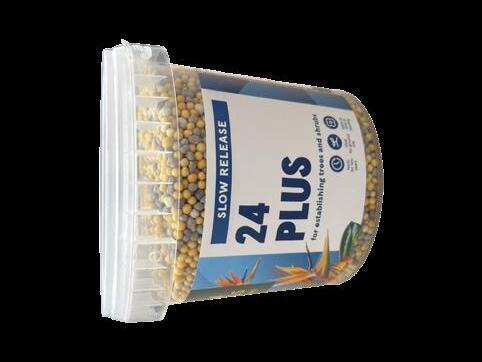
Aquaticus Organic Garden Booster
Help your outdoor plants grow well with this all-purpose organic fertiliser.
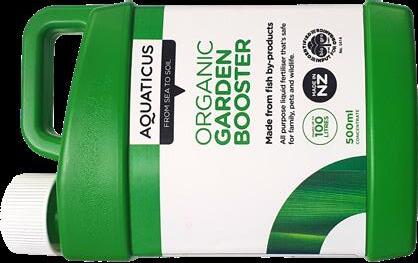
Tui Quash
Easy to apply slug and snail pellets which are safer to use around children, pets and wildlife than most other baits.

Earn points so you can buy more plants
$1 = 1 point, earn 300 points and score yourself a $10 voucher!
Be the first to know Early alerts for sales, new arrivals and the latest plant news and tips.
Score yourself a birthday freebie! Get a $10 voucher on your birthday to spend instore or online.
Exclusive specials & events just for you
Personalised offers plus weekly member only deals & event invites.
Wednesdays are wonderful if you're 65+ 10% off storewide every Wednesday for SuperGold card holders.
Signing up is easy!
Ask instore at checkout or go to kings.co.nz